Before the Bolshevik takeover of Russia, the Romanovs were Russia’s last Royal Family. Autocrats ruled Russia for 300 years. Between 1682 and 1917, when Tsar Nicholas II abdicated on behalf of himself and his son, the heir apparent to the throne, the Russian monarchy had become a stable and established system. Tsar Nicholas II was treated as more of a passive individual than previous Russian leaders admired for their power and hardheadedness.
The Russian Revolution and Nicholas II abdication
In 1905, the disastrous result of the Russo-Japanese War prompted the Russian Revolution, which ended only when Nicholas approved an assembly-the Duma-and announced constitutional reforms. When the Duma opposed him, the czar soon withdrew these concessions, contributing to the public’s growing support for the Bolsheviks and other revolutionary groups. Russia was ill-prepared for World War I, which Nicholas II dragged it into in 1914. The lack of food, the fatigue of the soldiers, and the devastating defeats at the hands of Germany led to increasing frustrations in Russia under Nicholas. In March 1917, a revolution broke out in Petrograd (now St. Petersburg). Nicholas was forced to abdicate his throne later that month. Vladimir Lenin and the radical socialist Bolsheviks controlled Russia in November 1917. After seizing power, they sued for peace with the Central Powers and established the first communist state on Earth. In June 1918, the Russian Civil War broke out. In July 1918, during a campaign against the Bolsheviks, the anti-Bolshevik “White” Russian forces advanced on Yekaterinburg, where Nicholas and his family lived.
As he was now known, Nicholas Romanov and his family lived in three different locations between 1917 and 1918: Tsarskoye Selo, Tobolsk, and the Ipatiev House. Several loyal family friends also lived with the Romanov family. The guards watched their every move, ordering them to do chores, interrupting meals and free time, and requiring them to be permitted to take walks. The family’s lifestyle previously lived in royal palaces is opposite from the one they now live in.
The Execution of Romanov Family
On July 16, Nicholas, Alexandra, their five kids, and four servants were ordered to get dressed fast and go down to the home’s cellar where they were held. Family members and servants were arranged in two rows for the photograph, which officials told them was to quell rumours about their escape. Suddenly, a dozen men entered the room armed with rifles and shot the imperial family to death. When the smoke cleared, those who were still breathing were stabbed to death.
The execution was neither swift nor straightforward. There were hundreds of bullets fired through the basement, and many of them missed the family and their entourage. The second member of the family to be killed was his wife, former Tsarina Alexandra, who was shot in the head. Four of his daughters and his son were shot numerous times, but they survived. Before the children suffered any fatal injuries, all of the adults had died. In what could be characterized as a botched execution, it had become so noisy and filled with smoke that the room became filled with loud noises. Aiming accurately toward any target was impossible at this point.
The aftermath of the execution
The remains of Nicholas and Alexandra, along with three of their children, were found in a forest near Yekaterinburg in 1991, and their remains were positively identified a year later using DNA fingerprinting. There were no records of Alexei, the crown prince and one Romanov daughter. These are among the factors perpetuating the persistent myth that Anastasia, the youngest Romanov daughter, survived execution. Anna Anderson, who died in 1984 in the United States, was the most convincing Anastasia to emerge in Europe in the decade following the Russian Revolution. However, in 1994, scientists used DNA testing to prove that Anna Anderson wasn’t the czar’s daughter, but a Polish woman named Franziska Schanzkowska.
Below are some historical photos of the Romanov family before their execution.


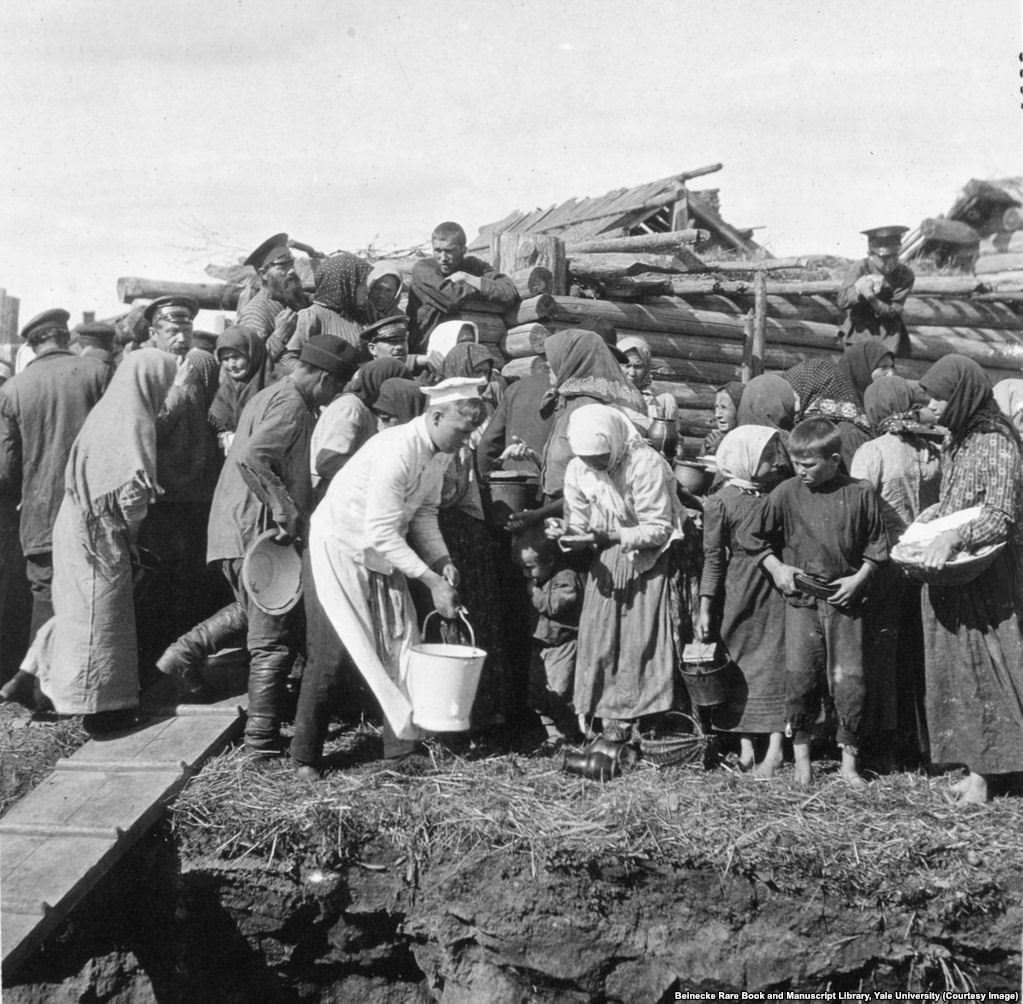
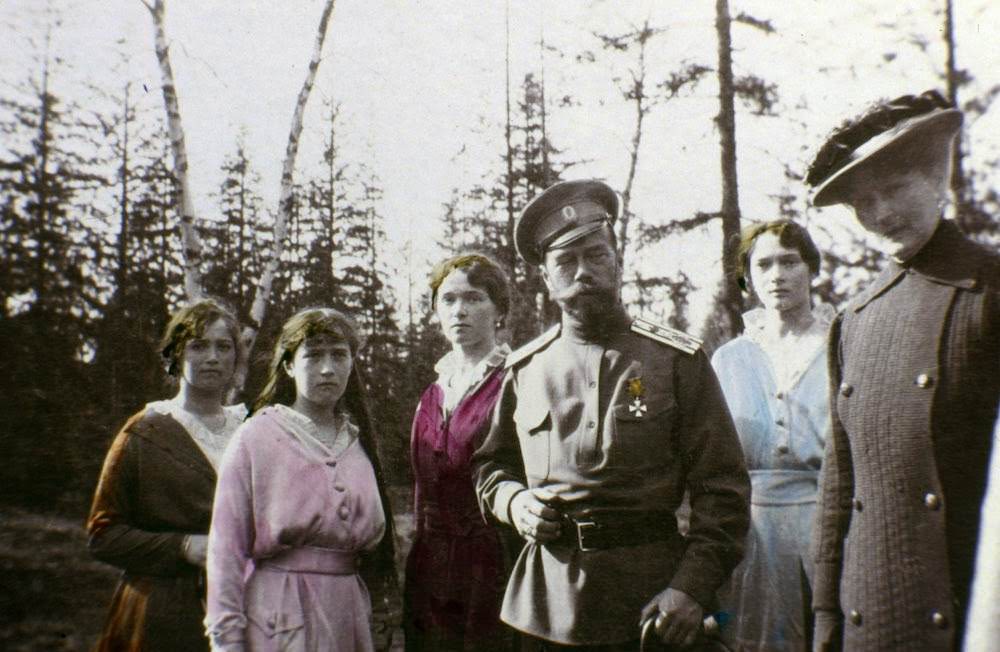

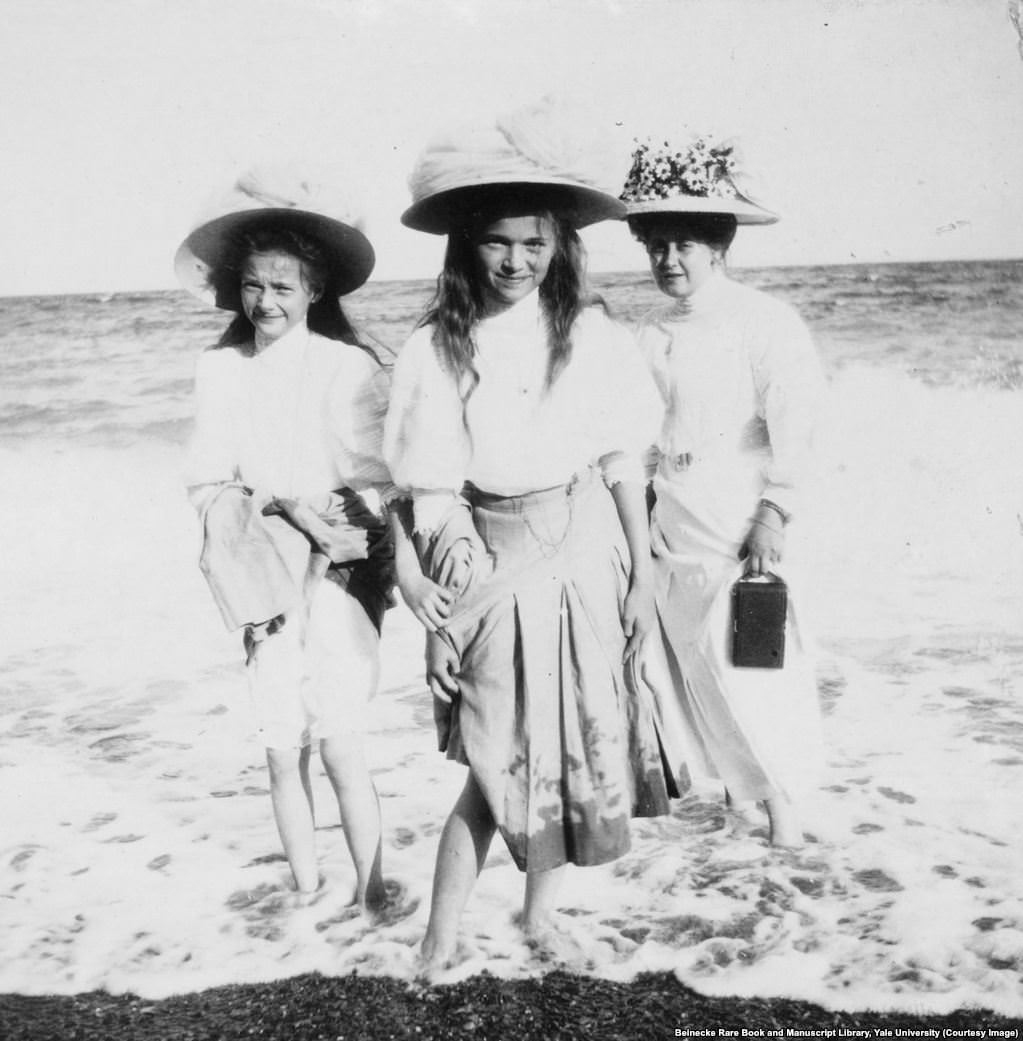
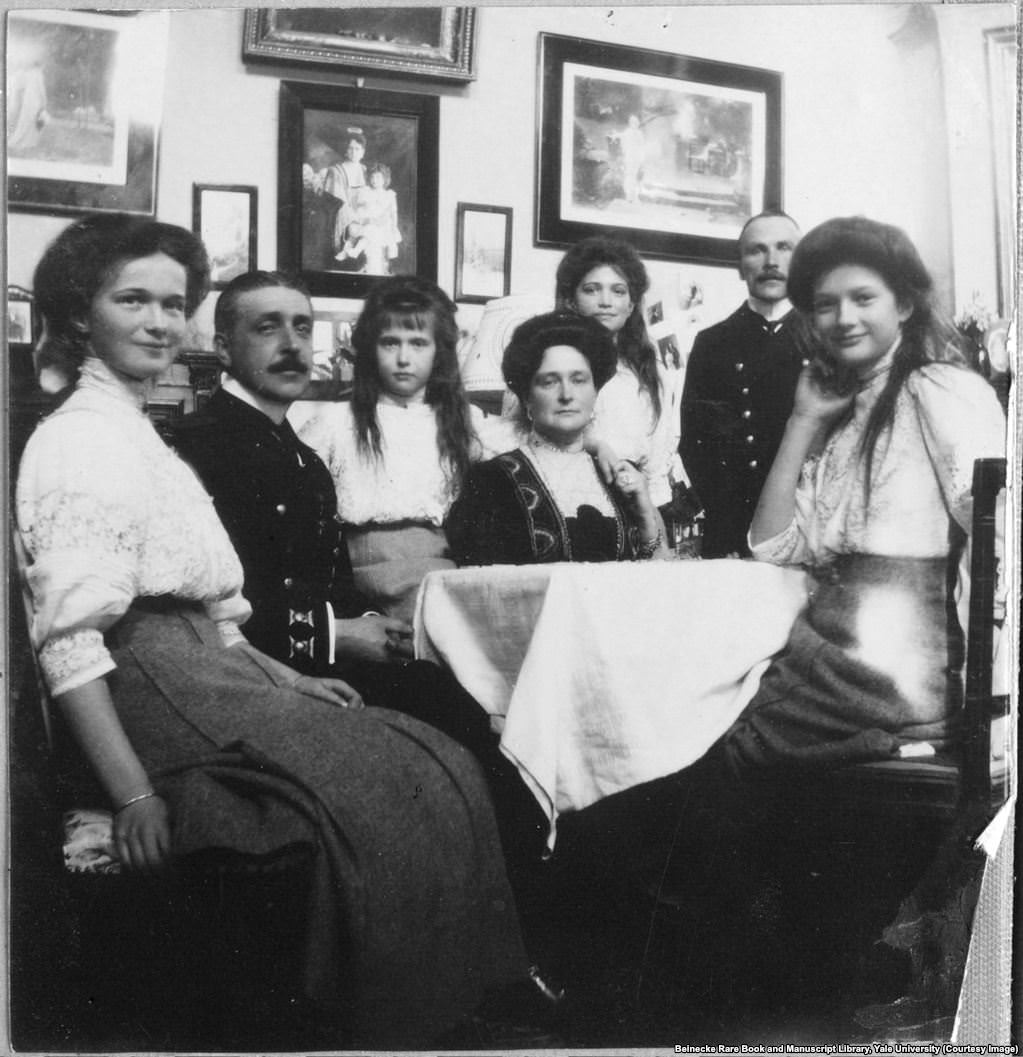
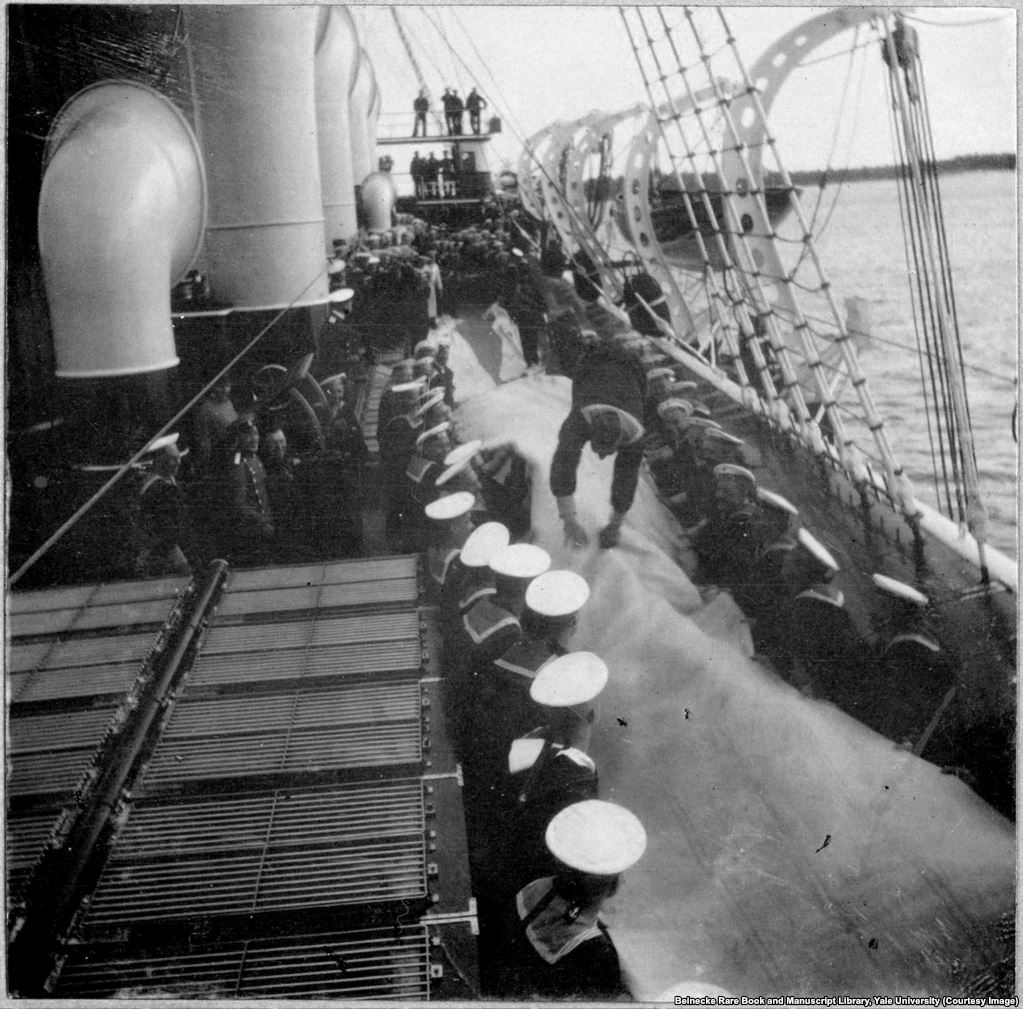
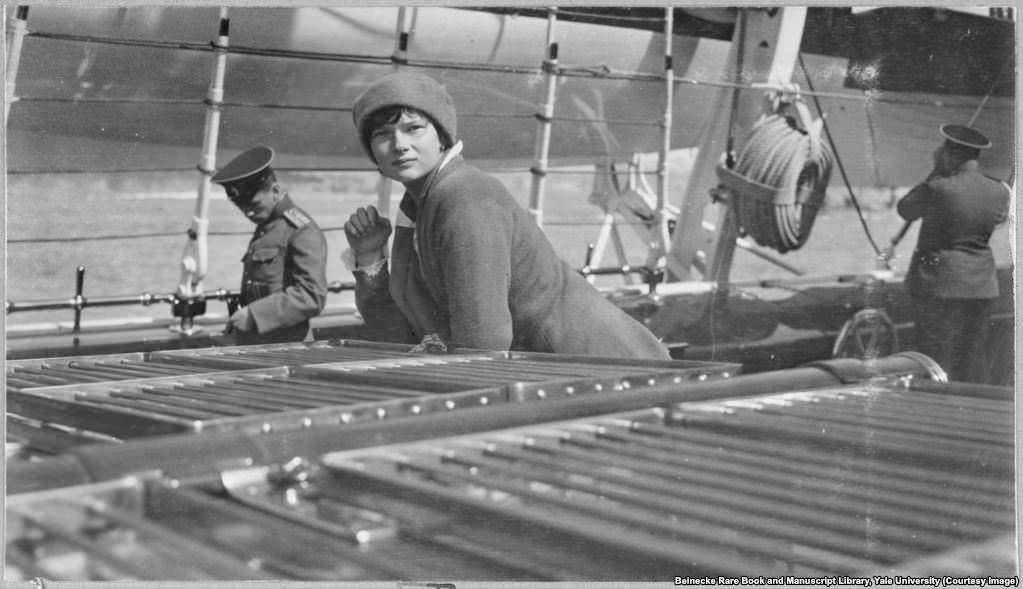
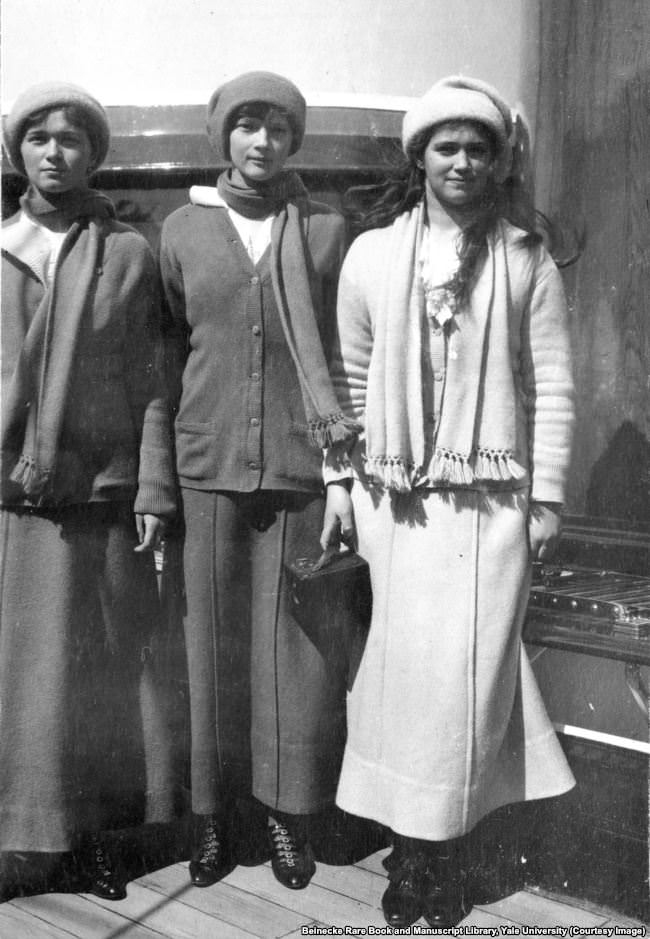
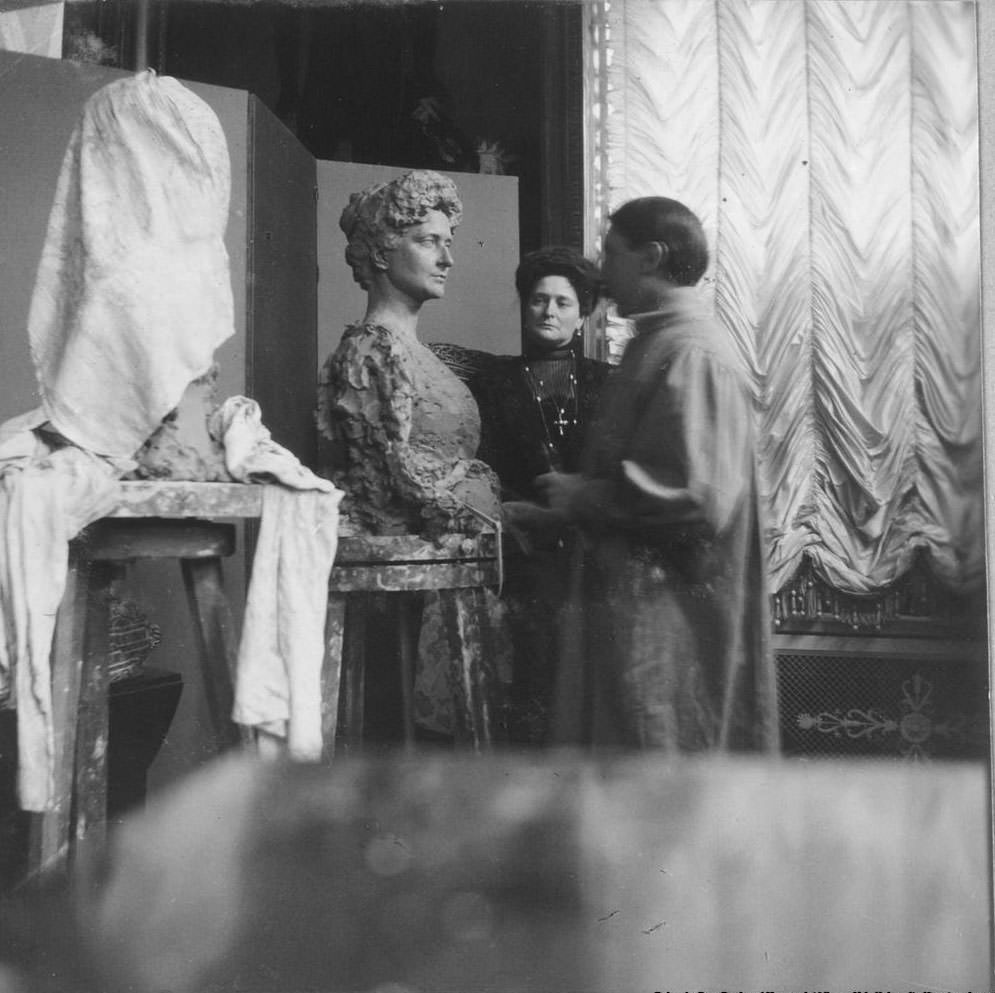
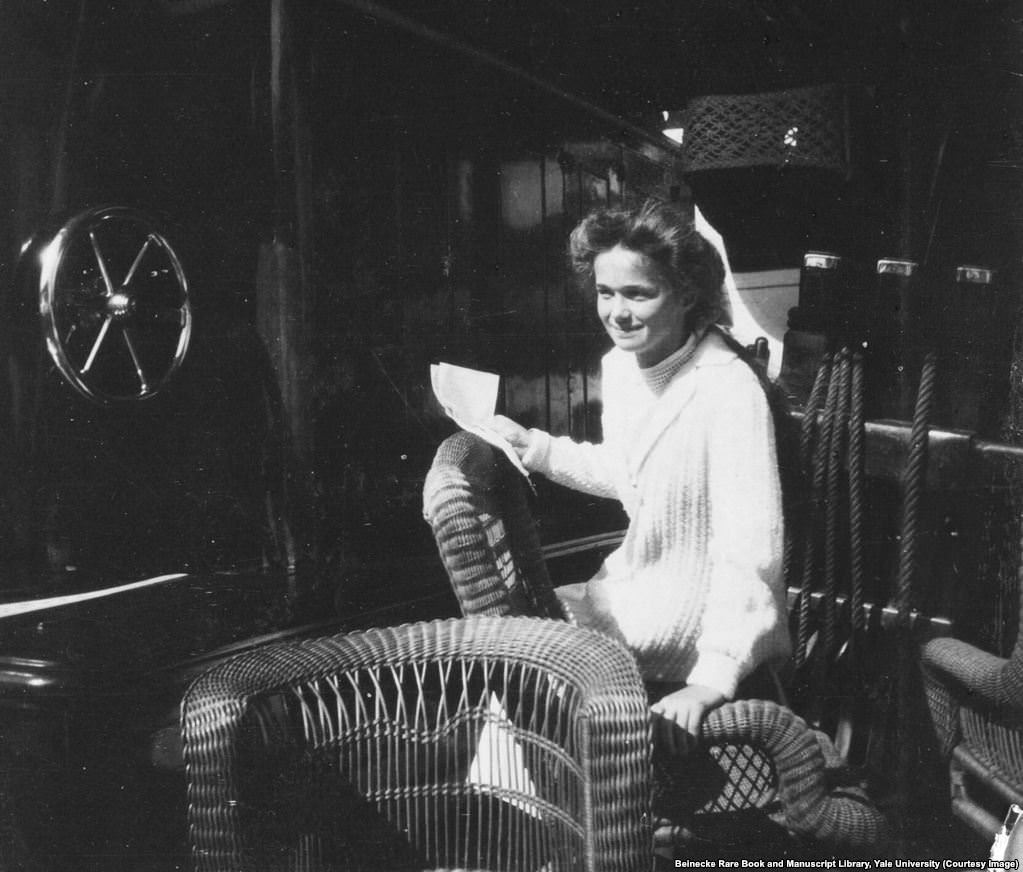
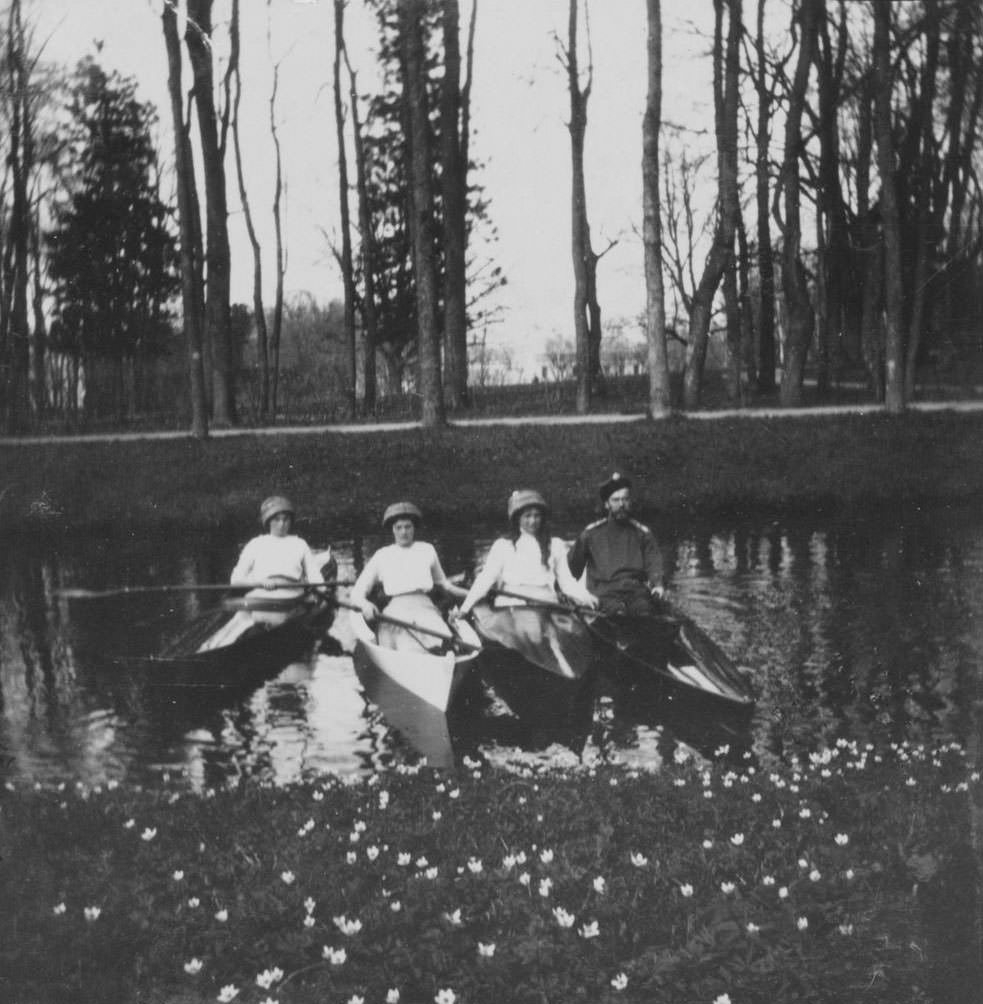
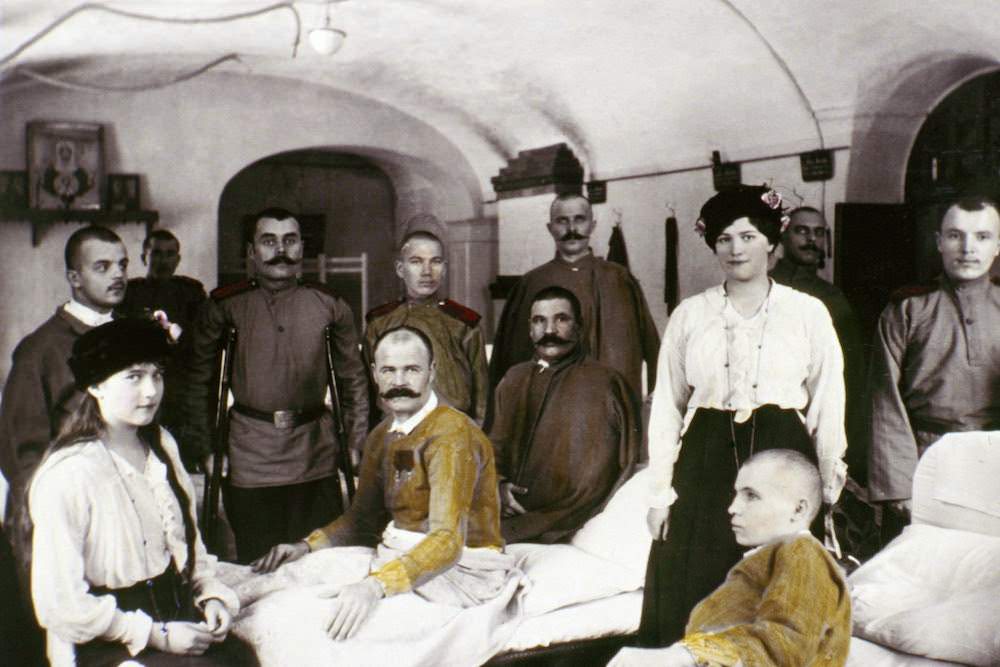
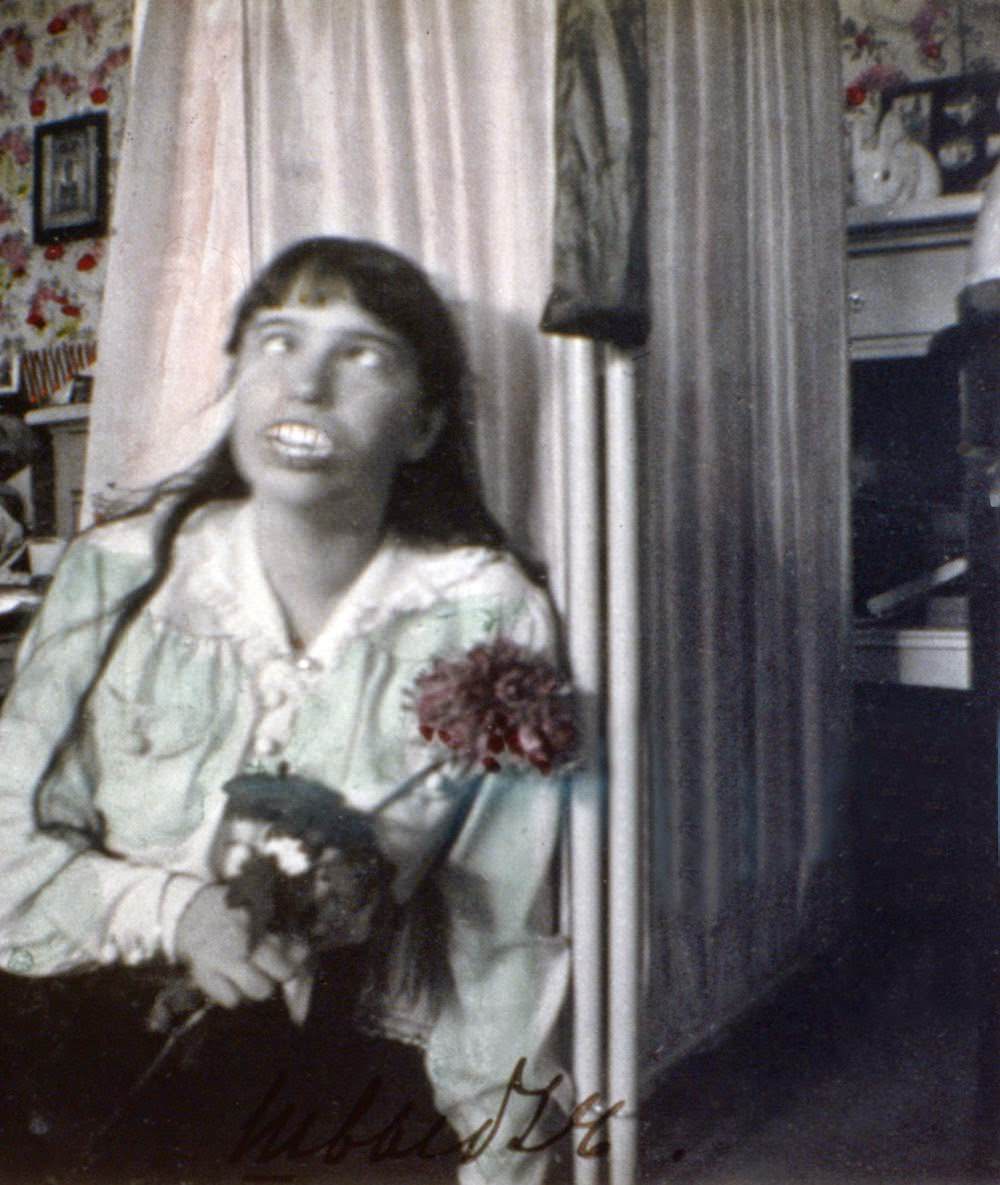
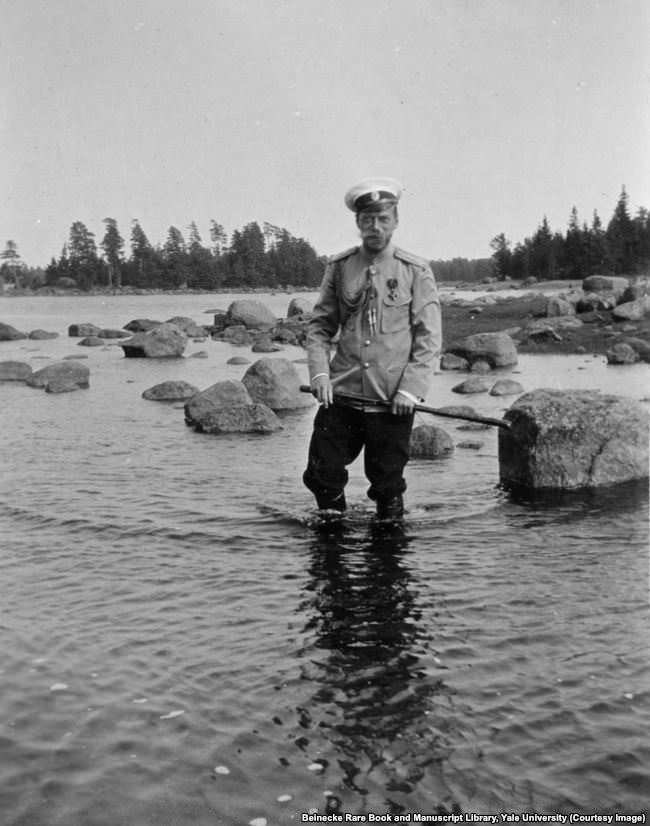
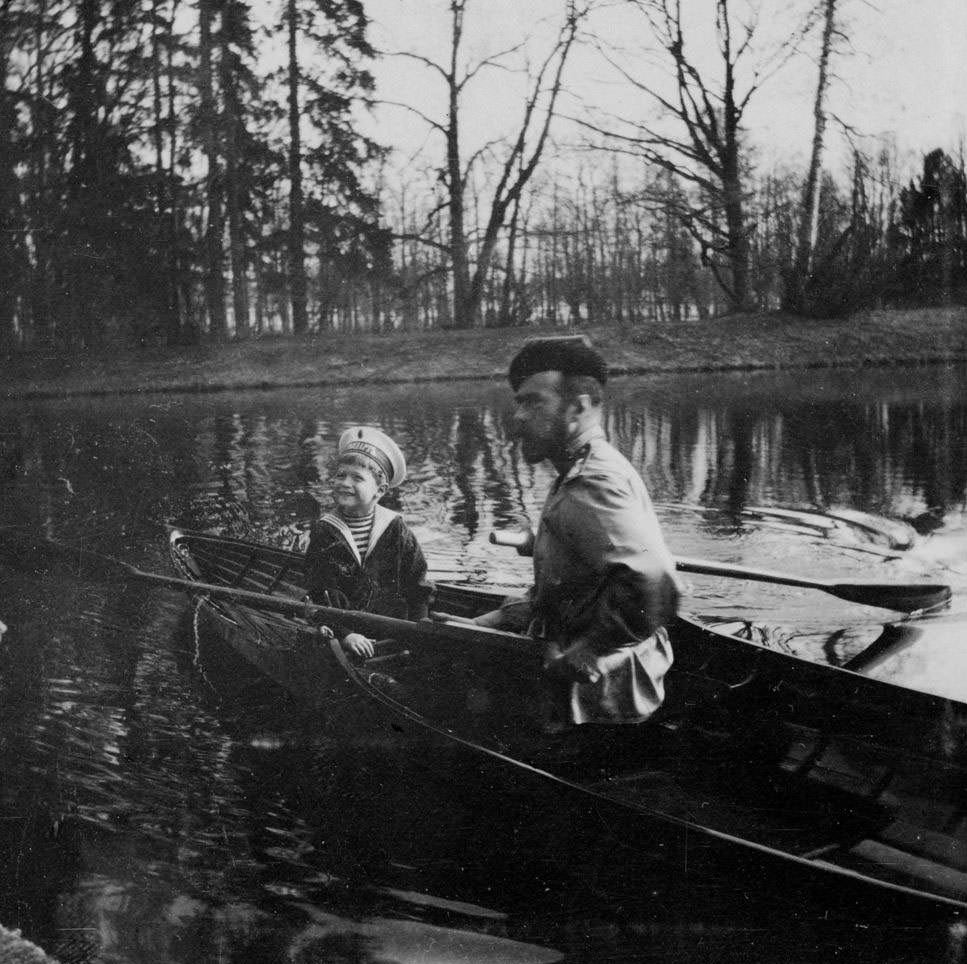
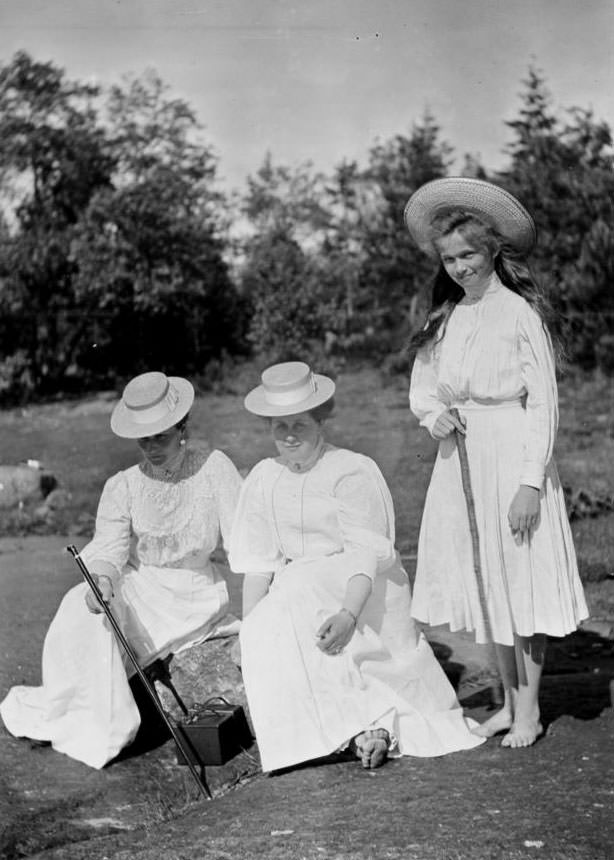
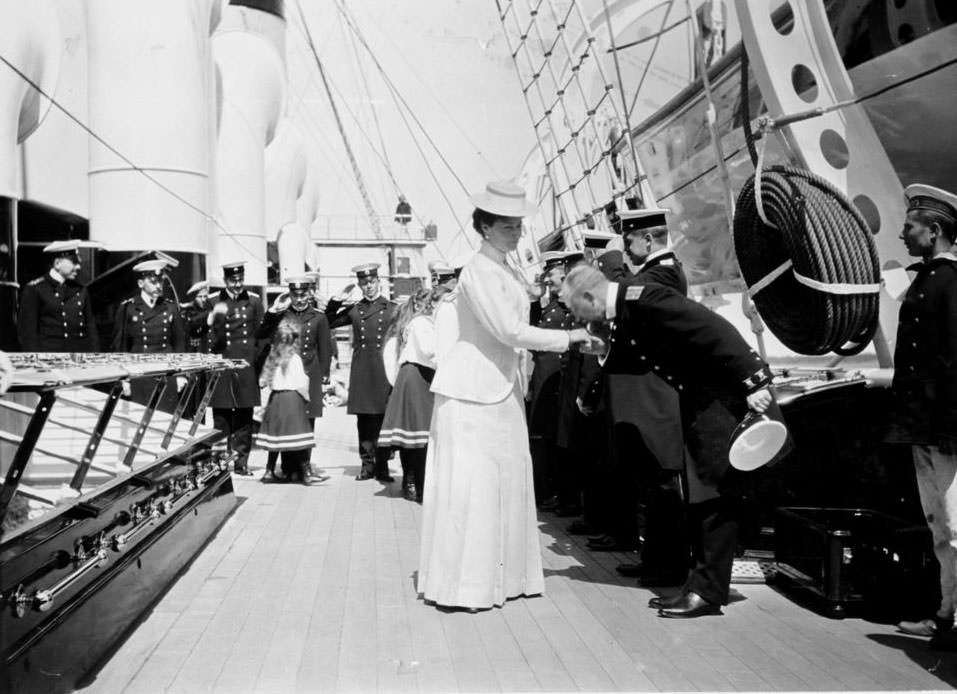
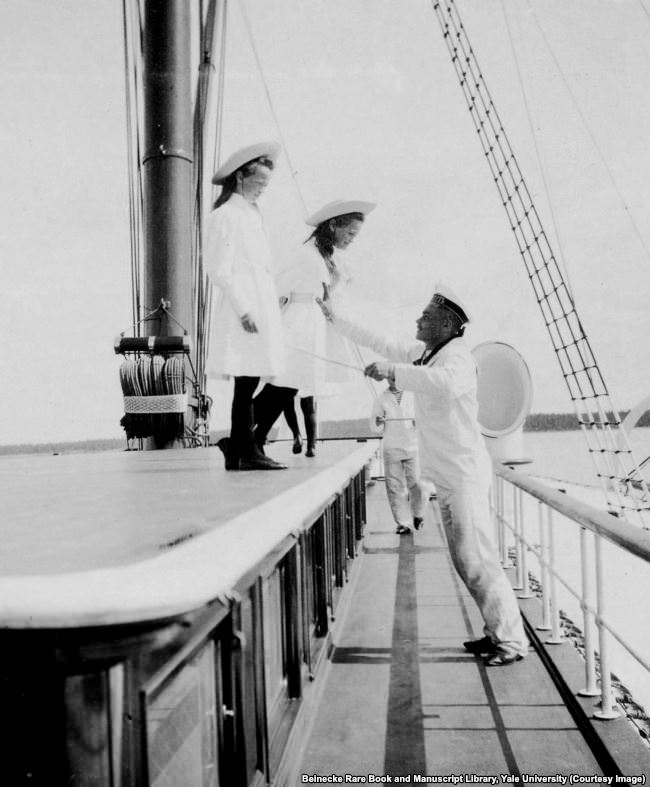
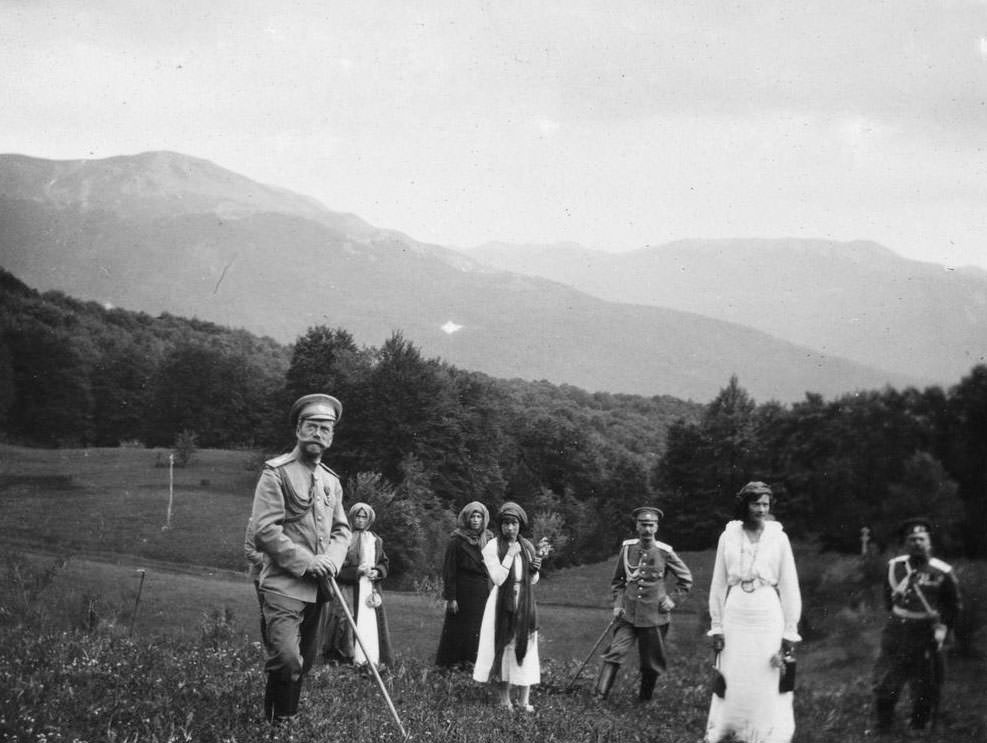

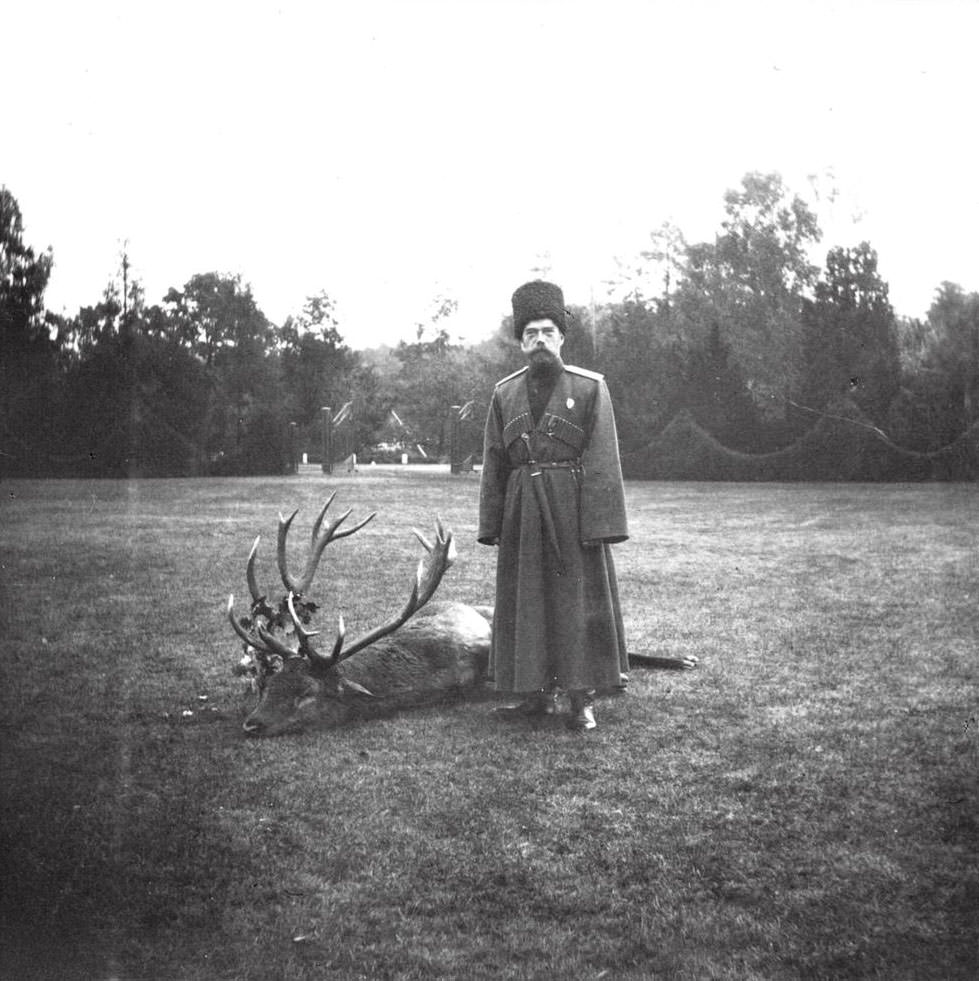
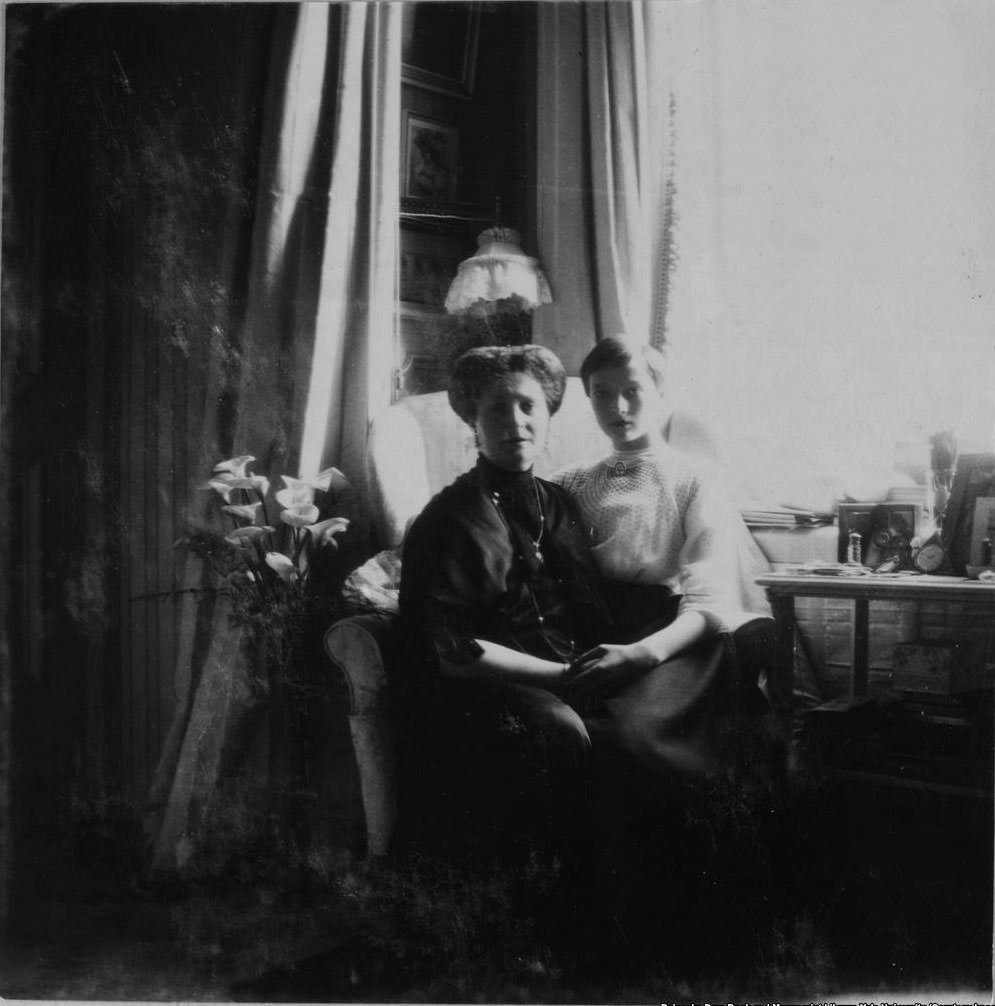
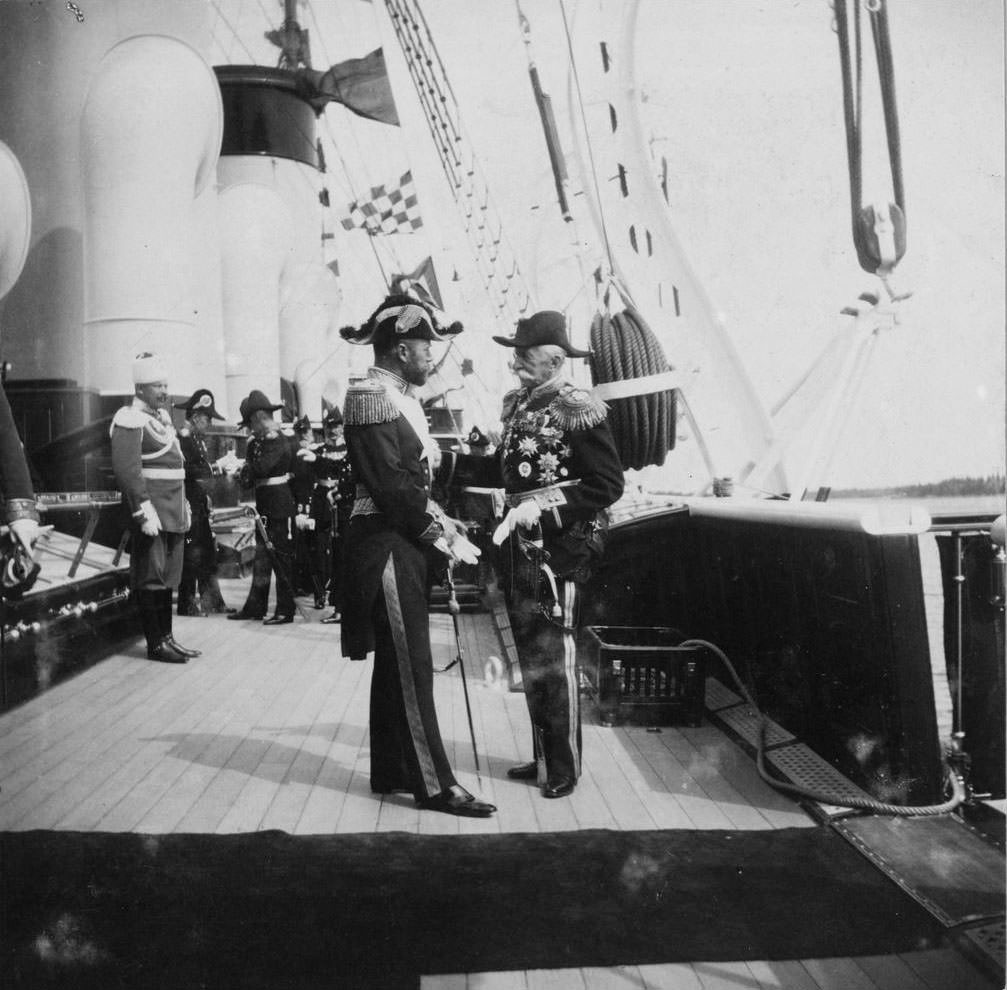
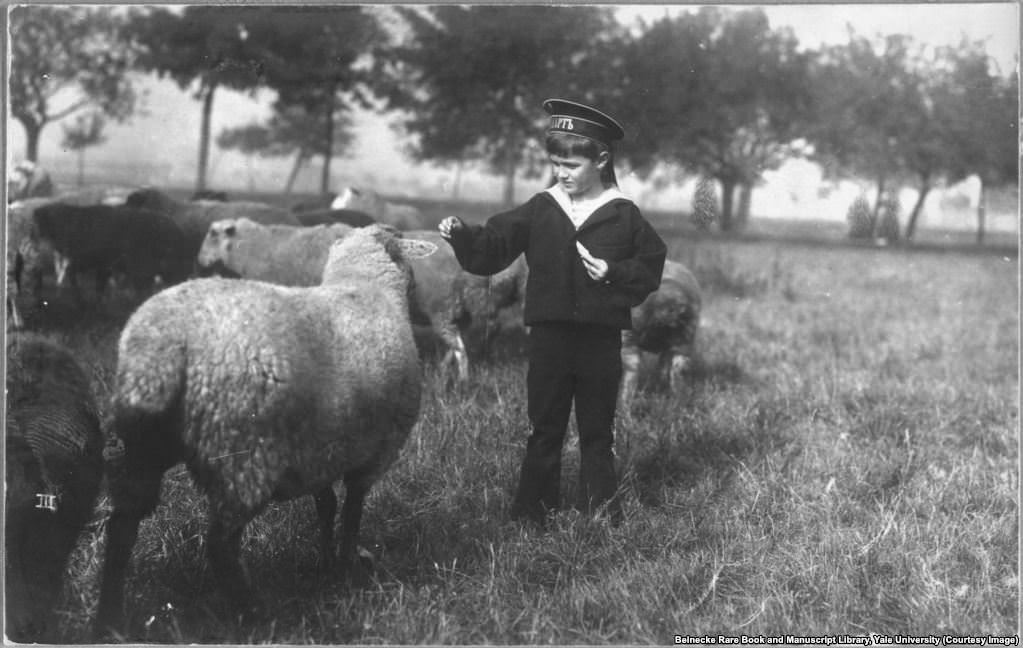
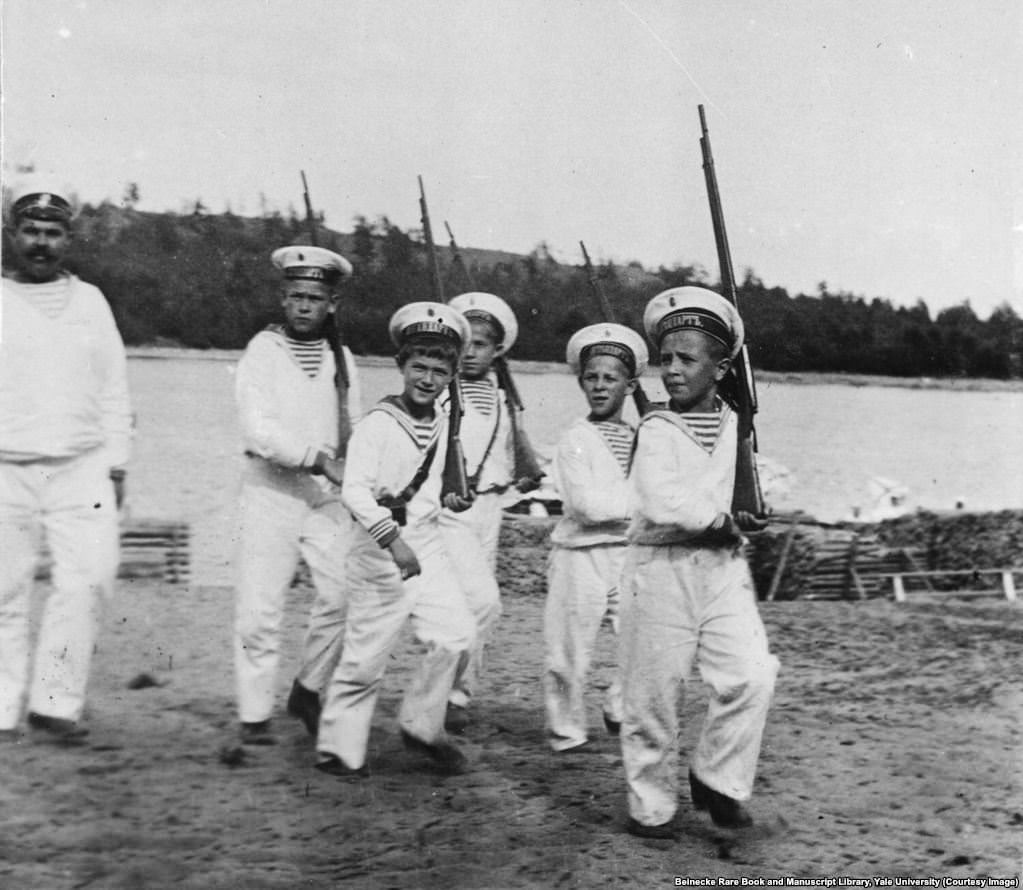
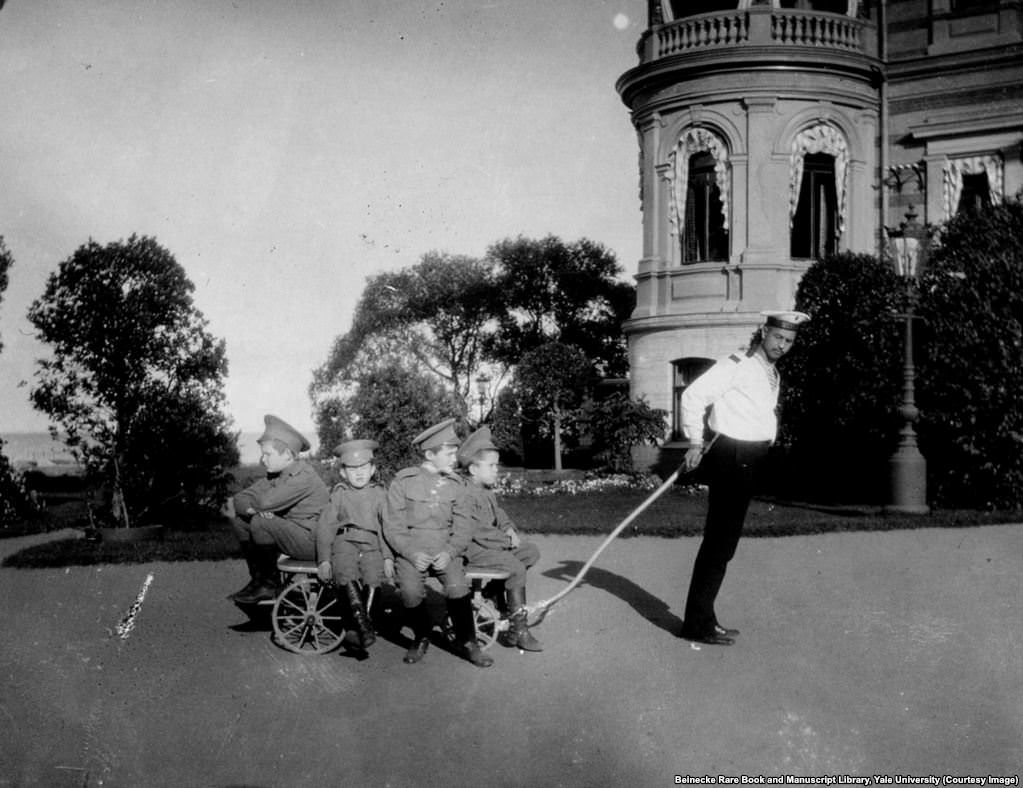
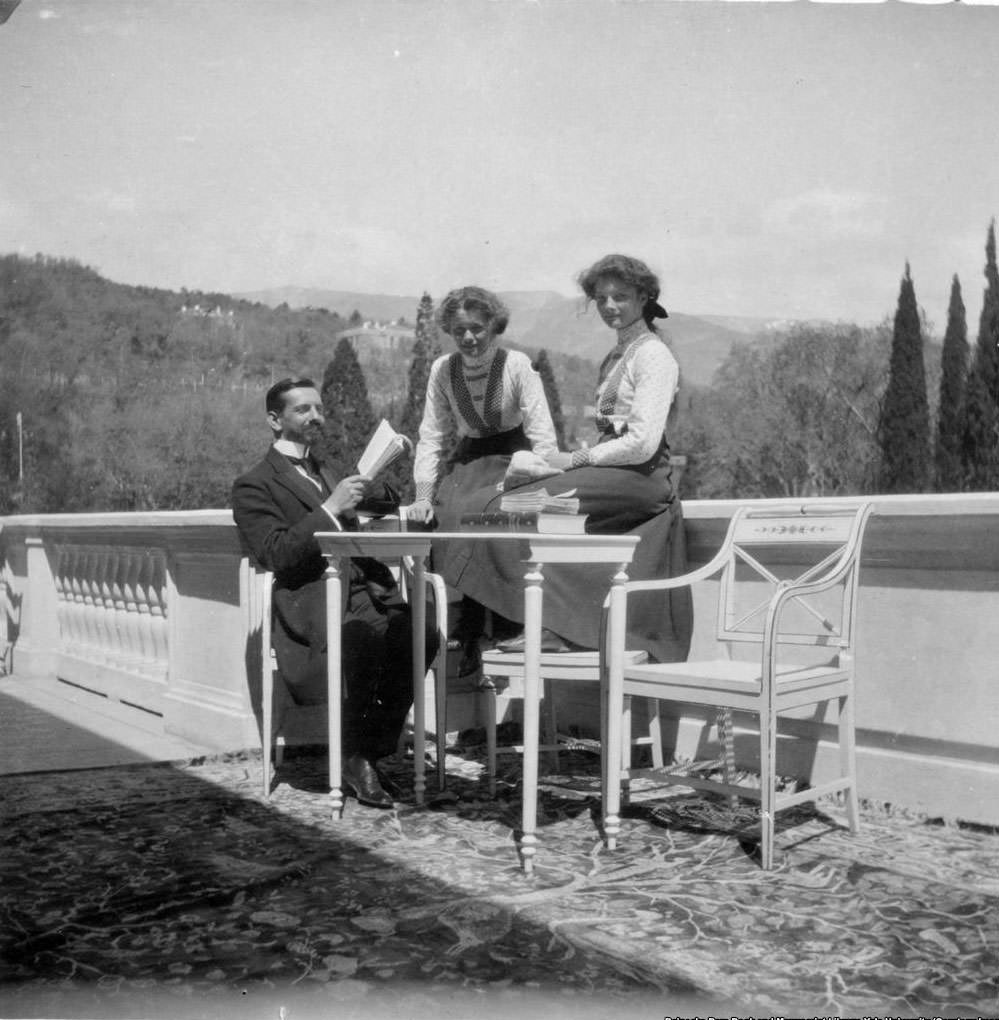
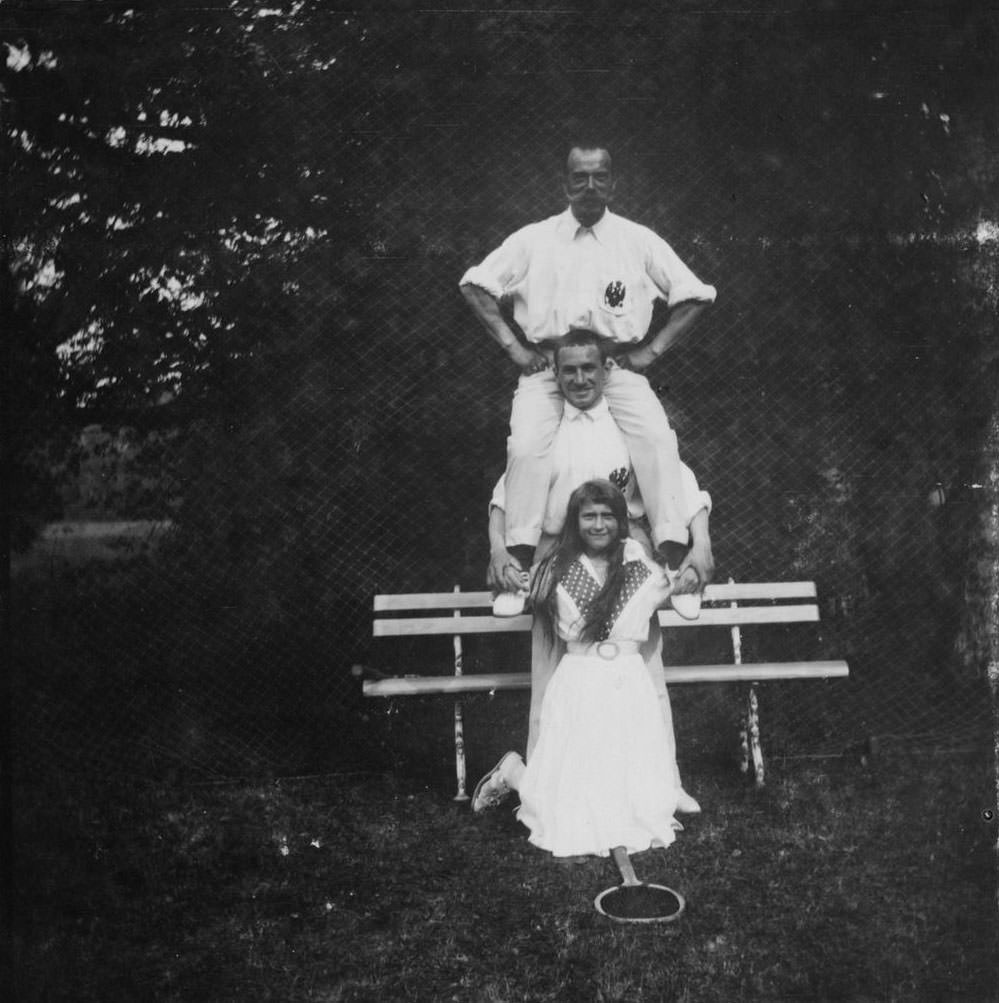
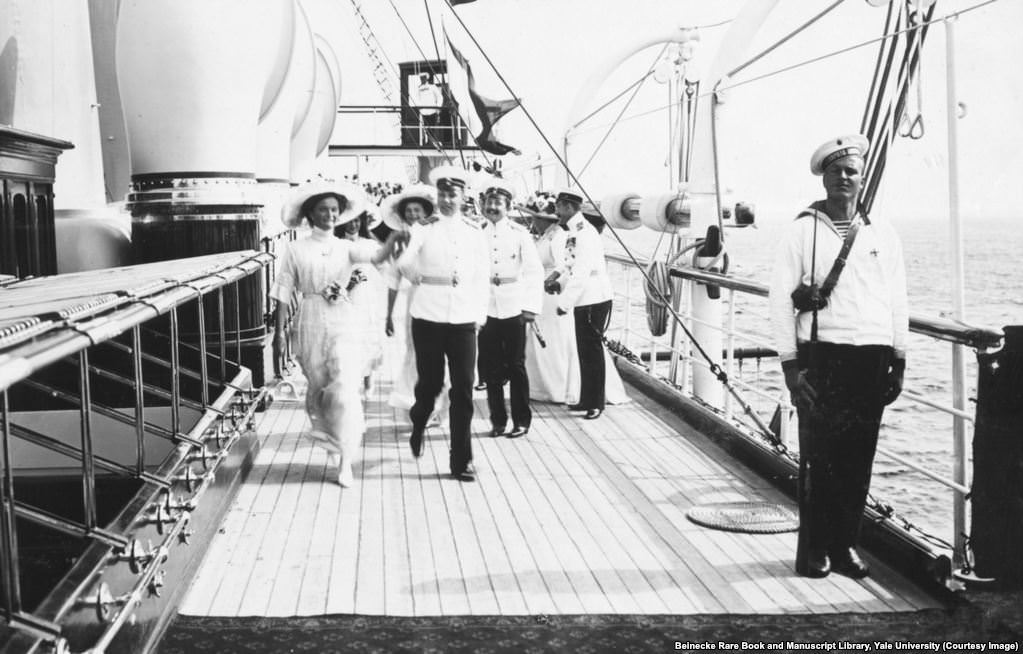
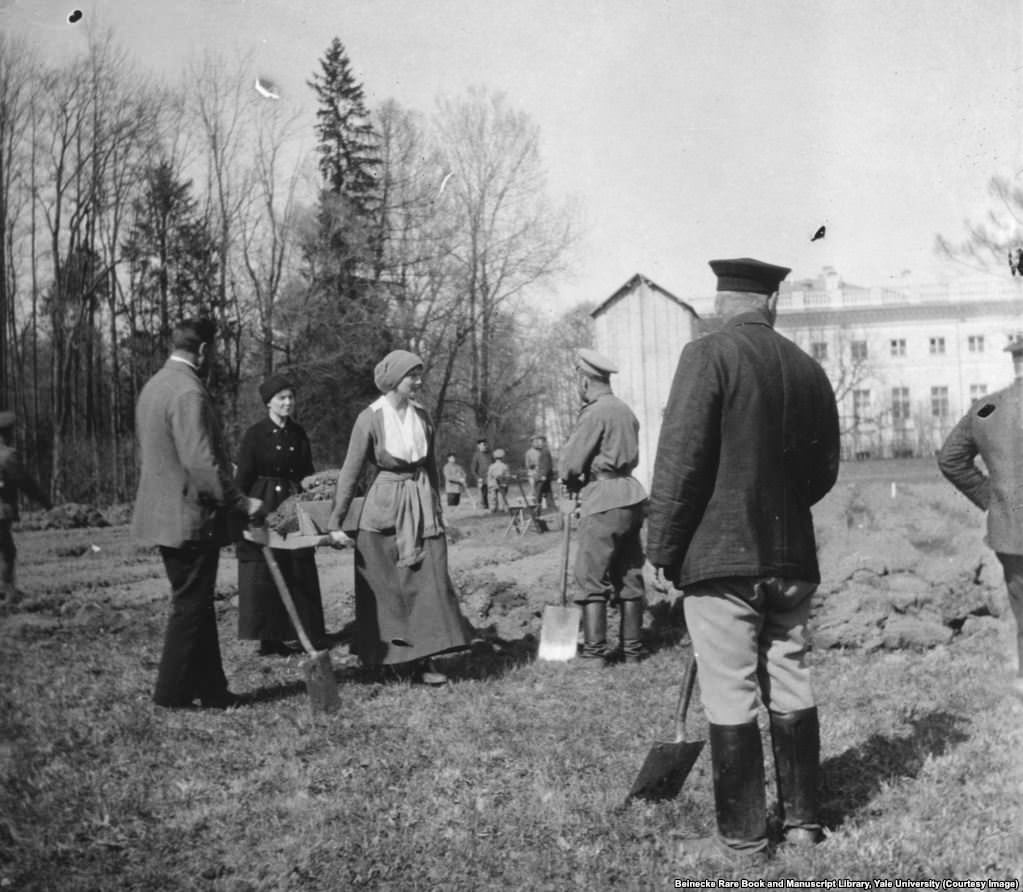
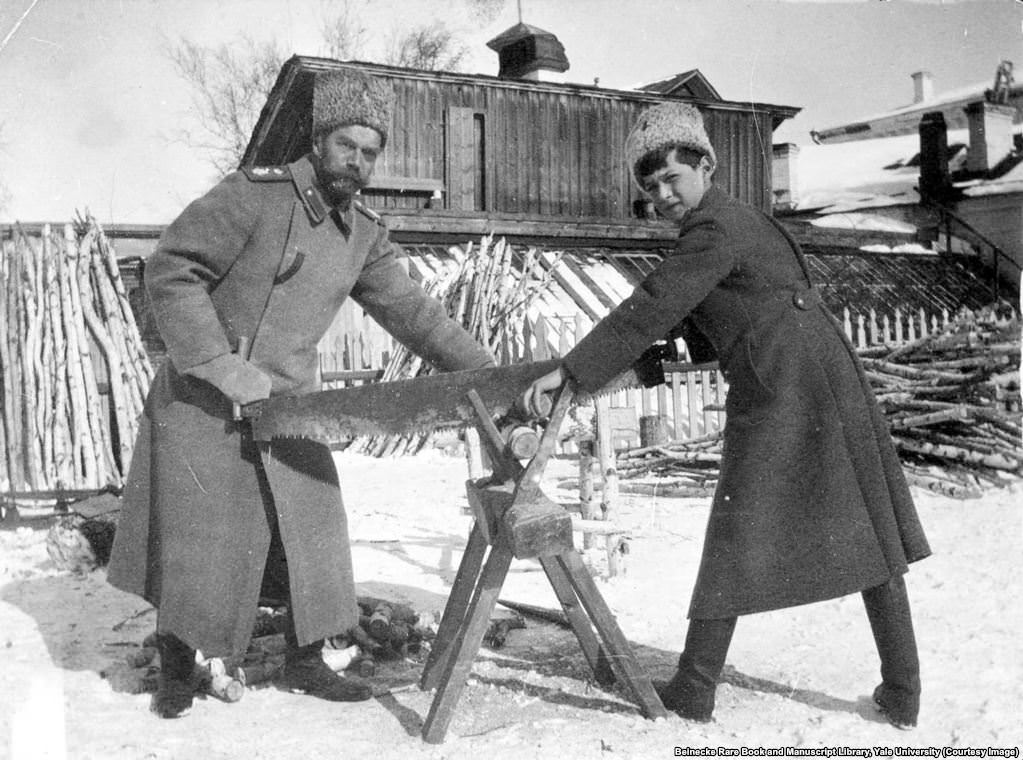
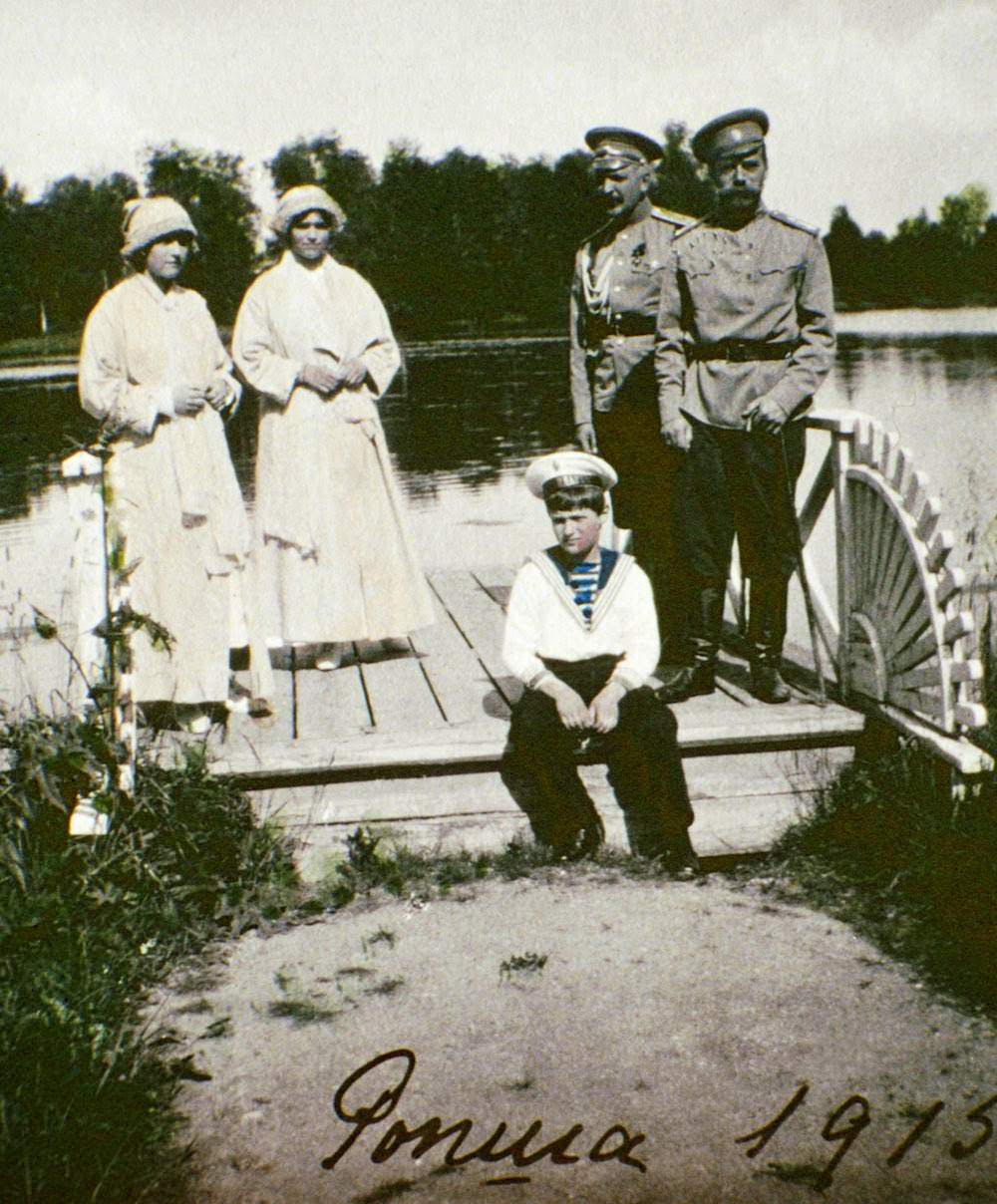
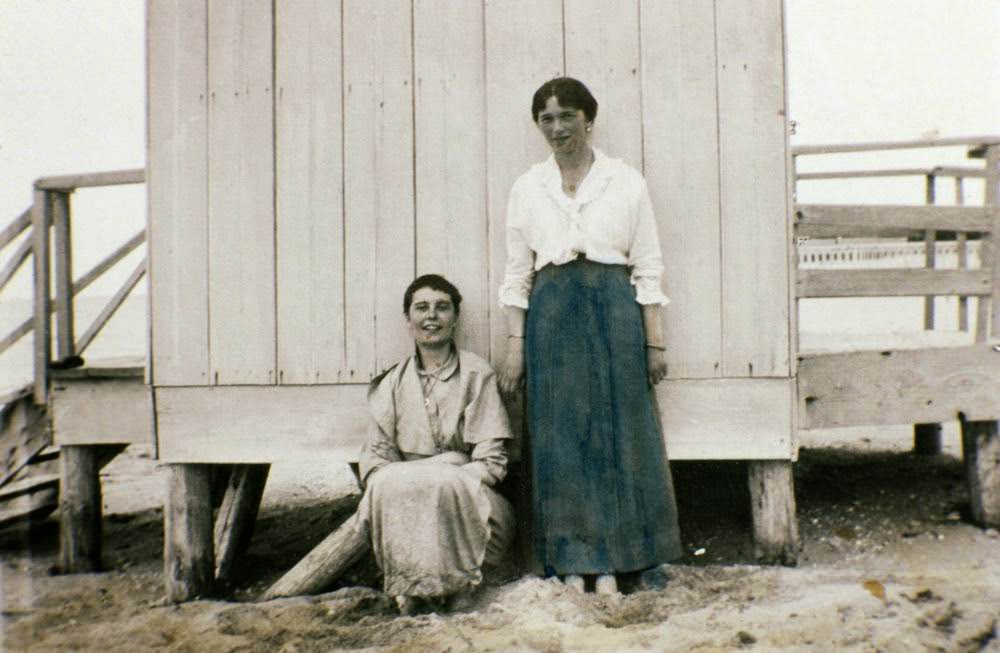
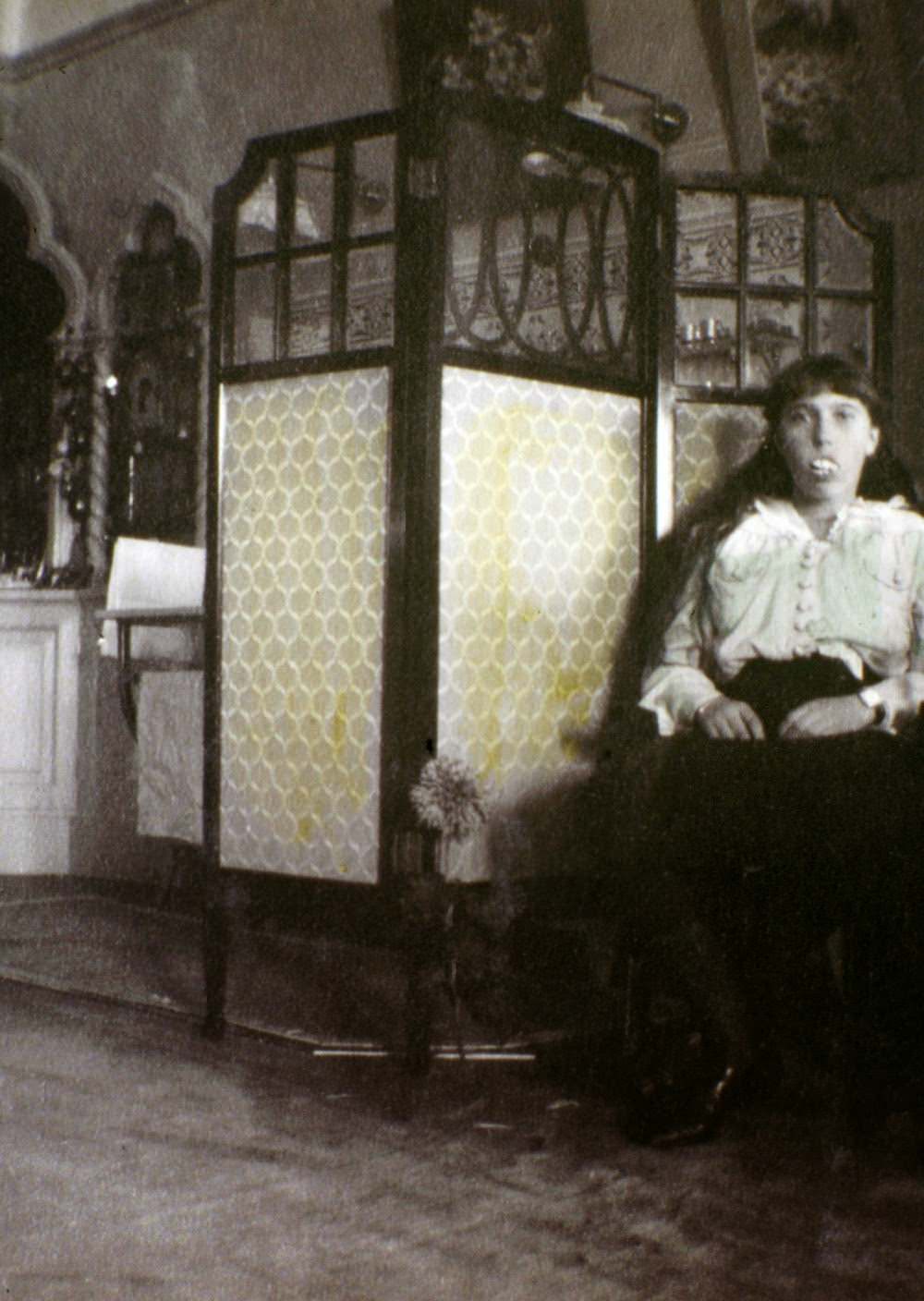
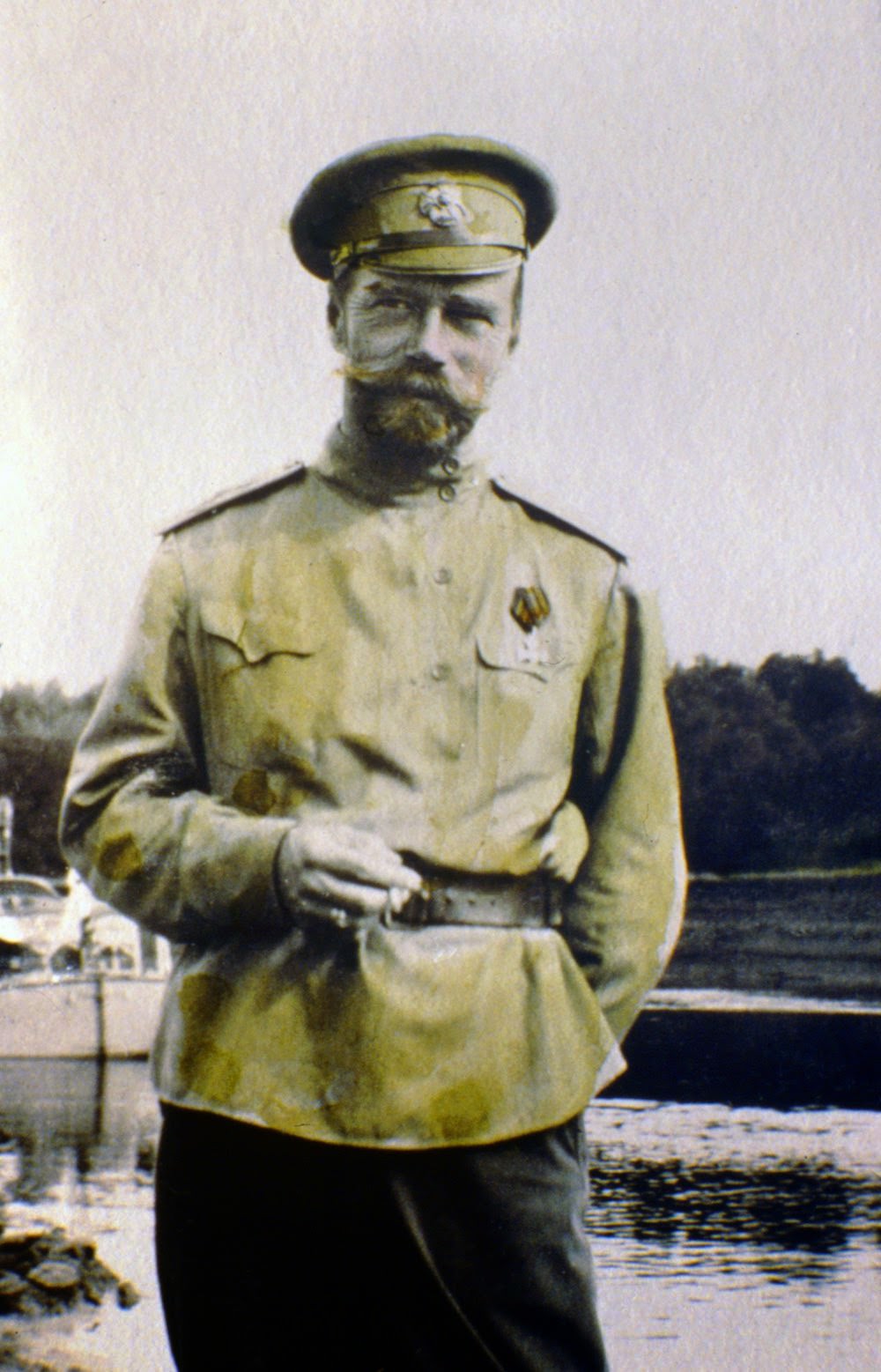
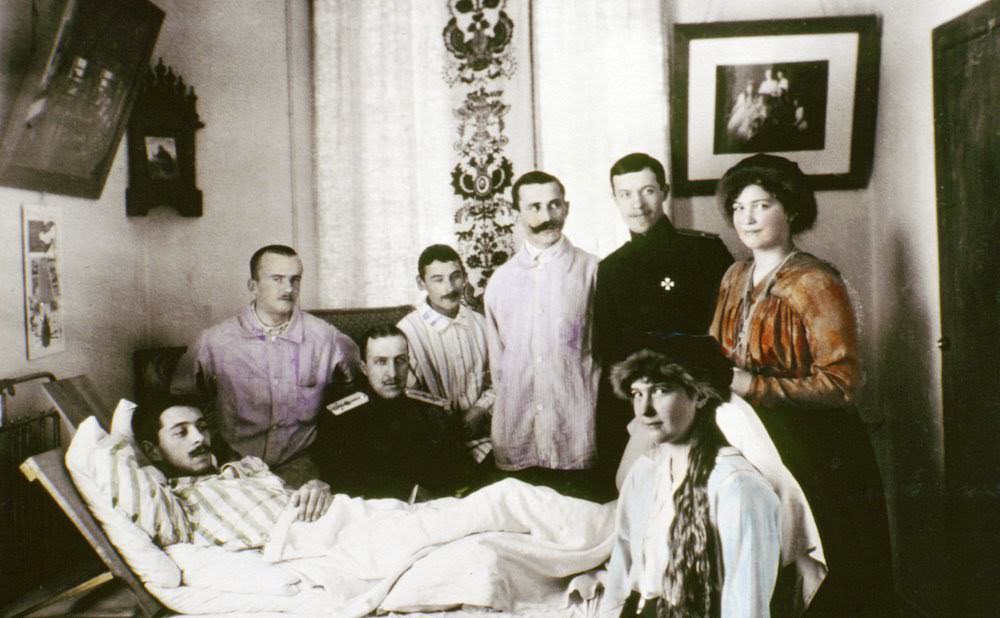
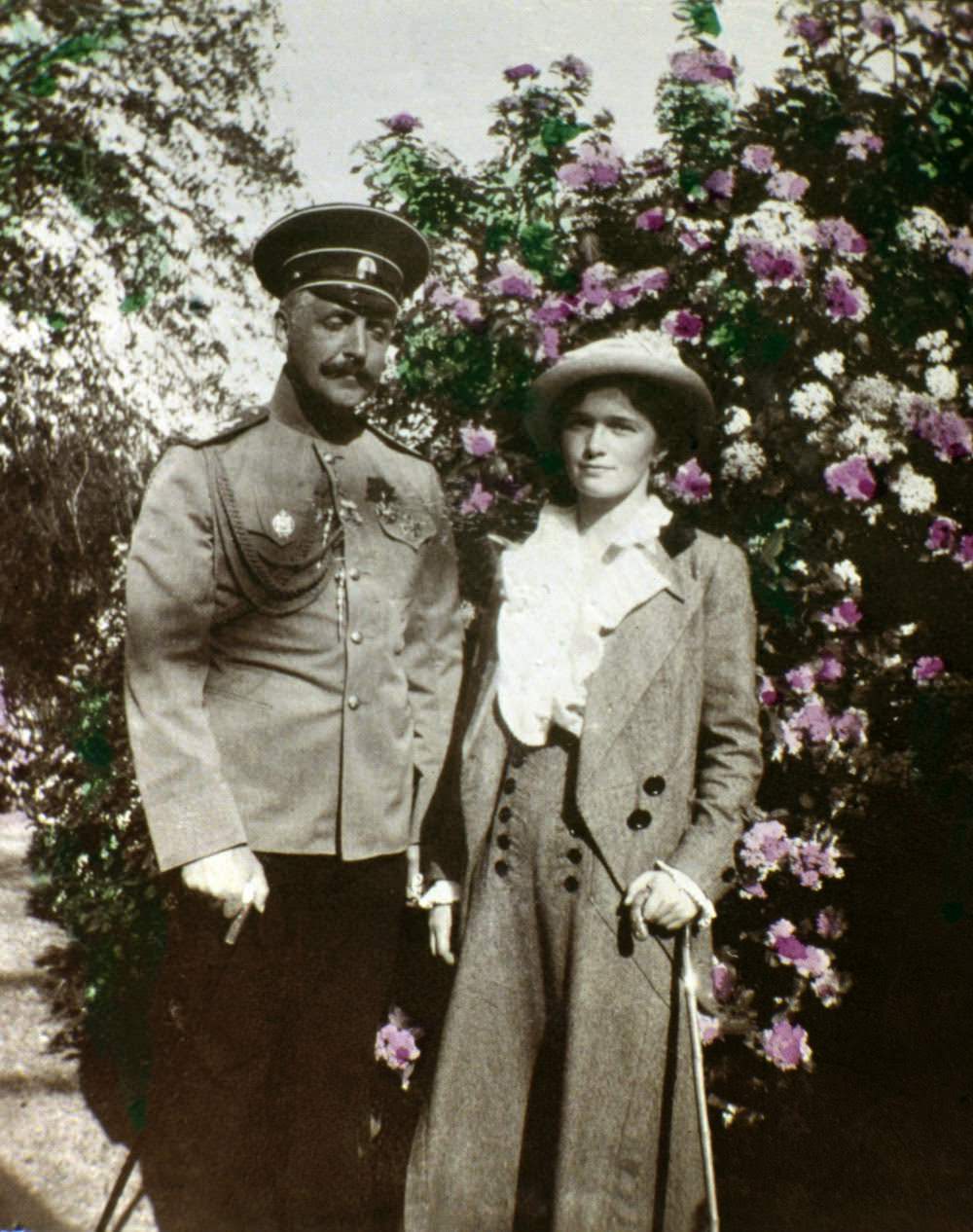
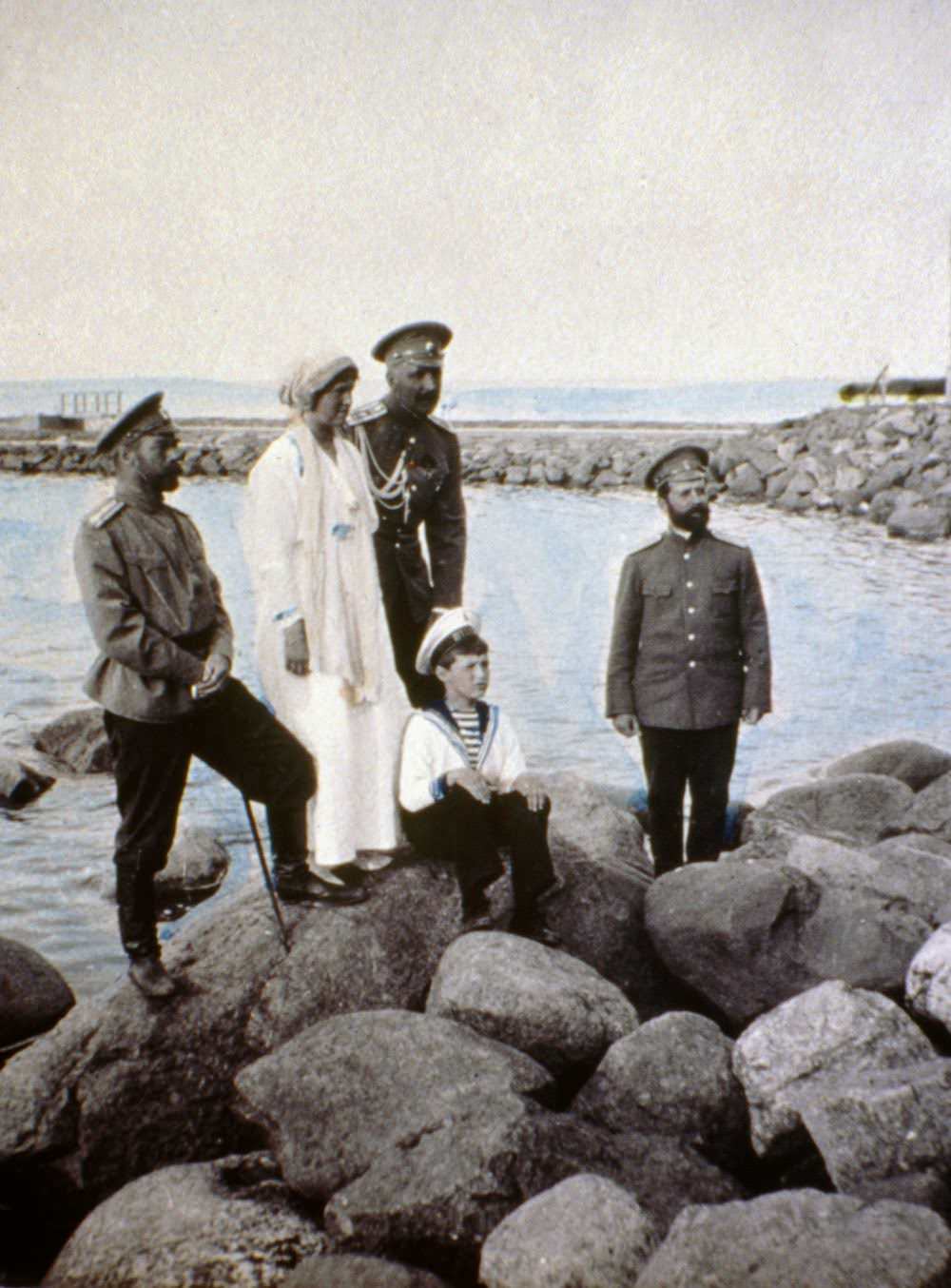
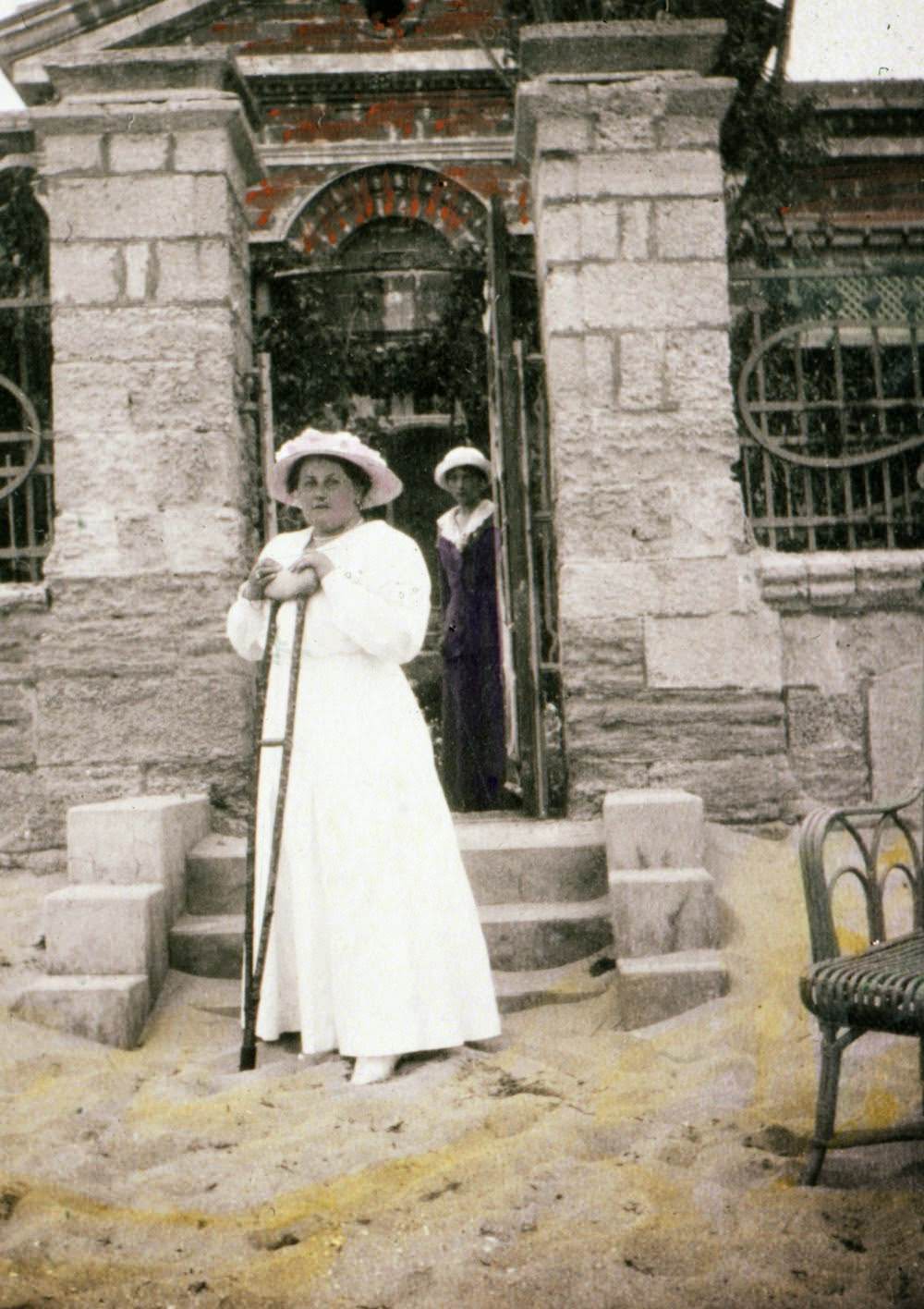
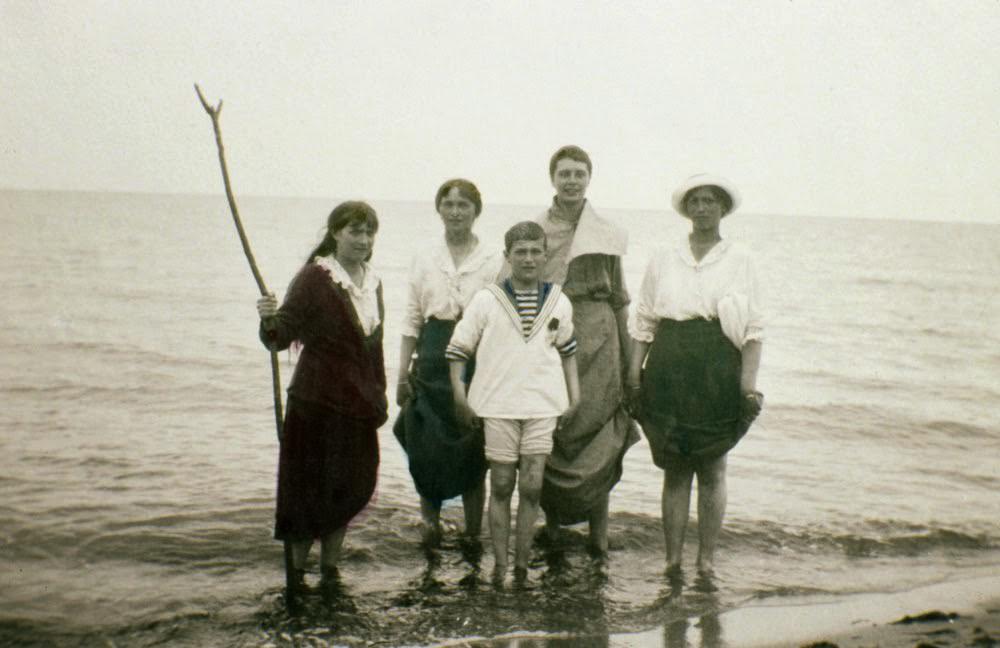
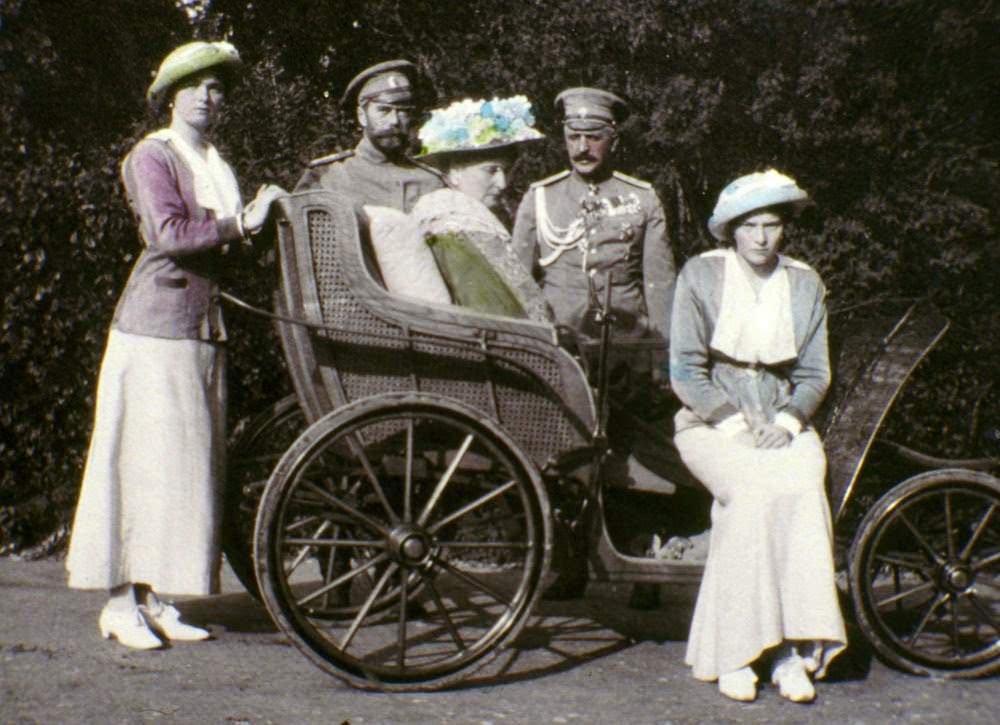
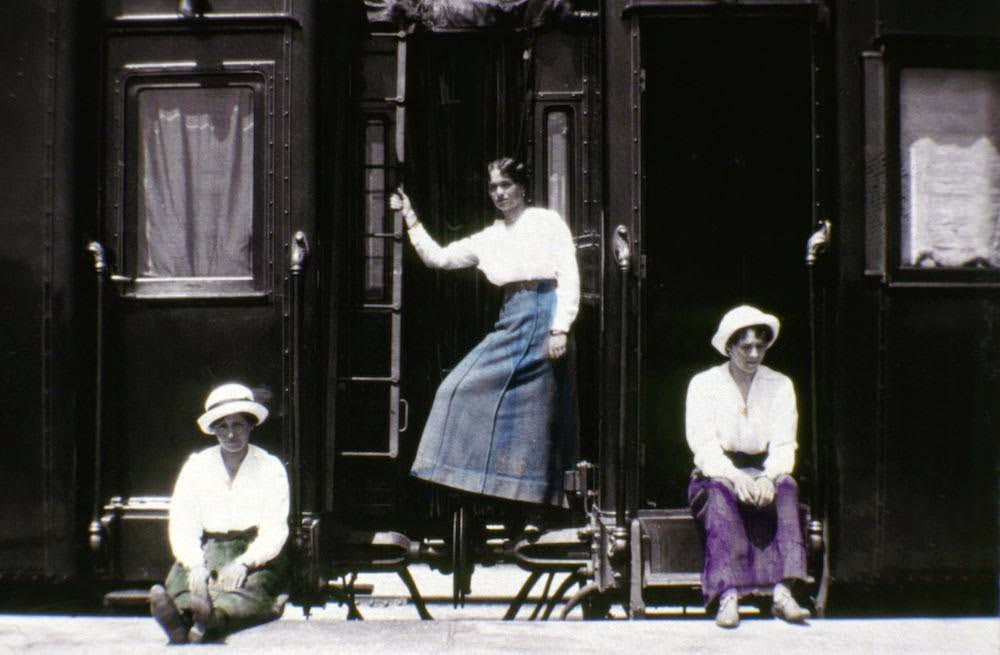
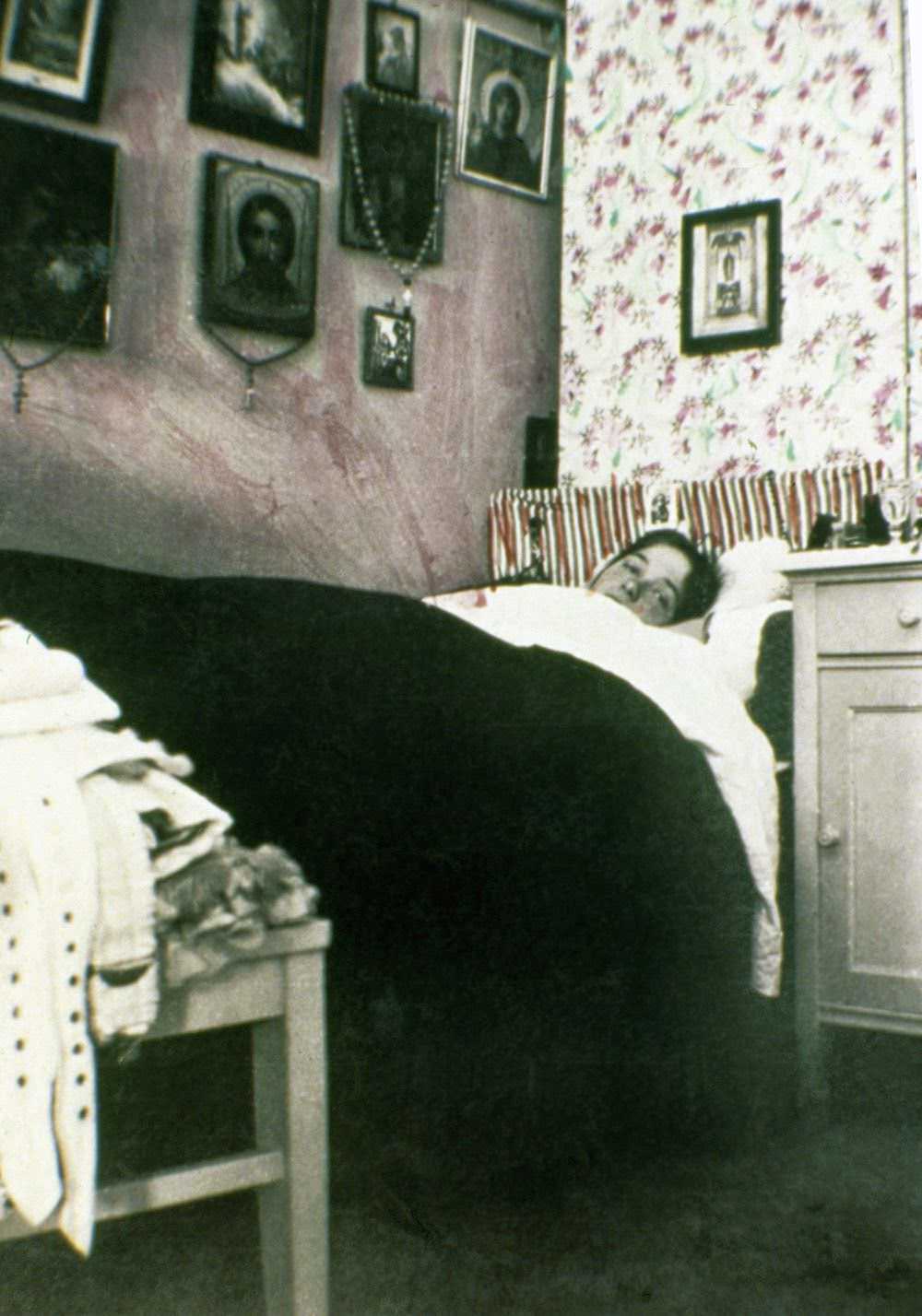
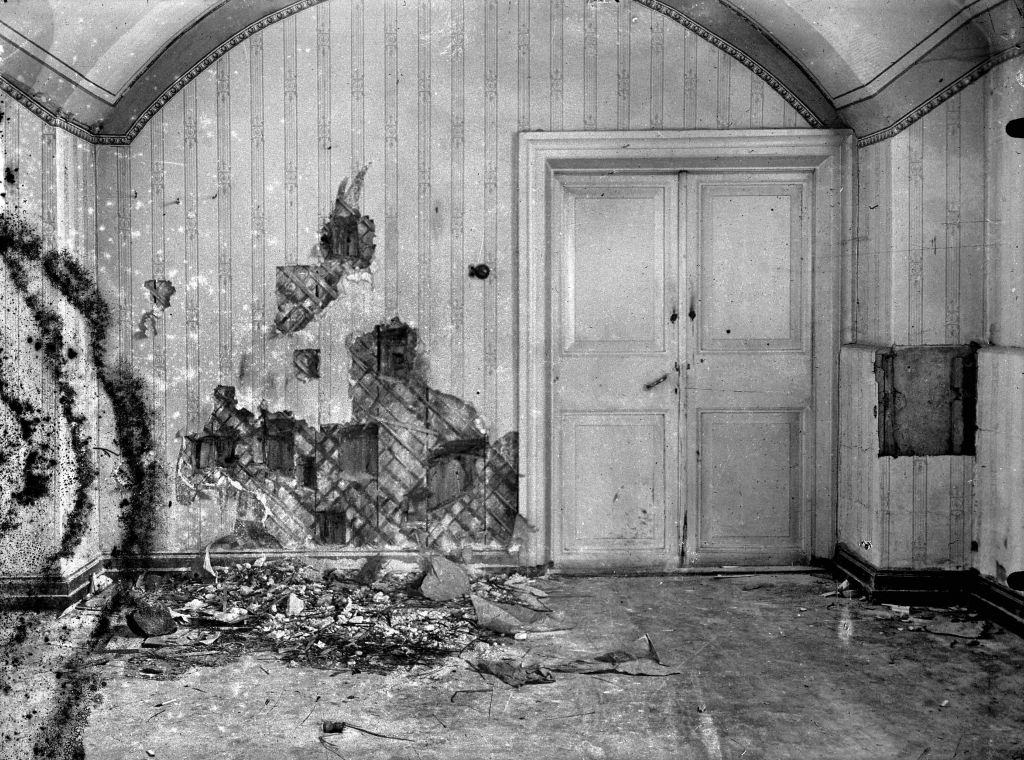


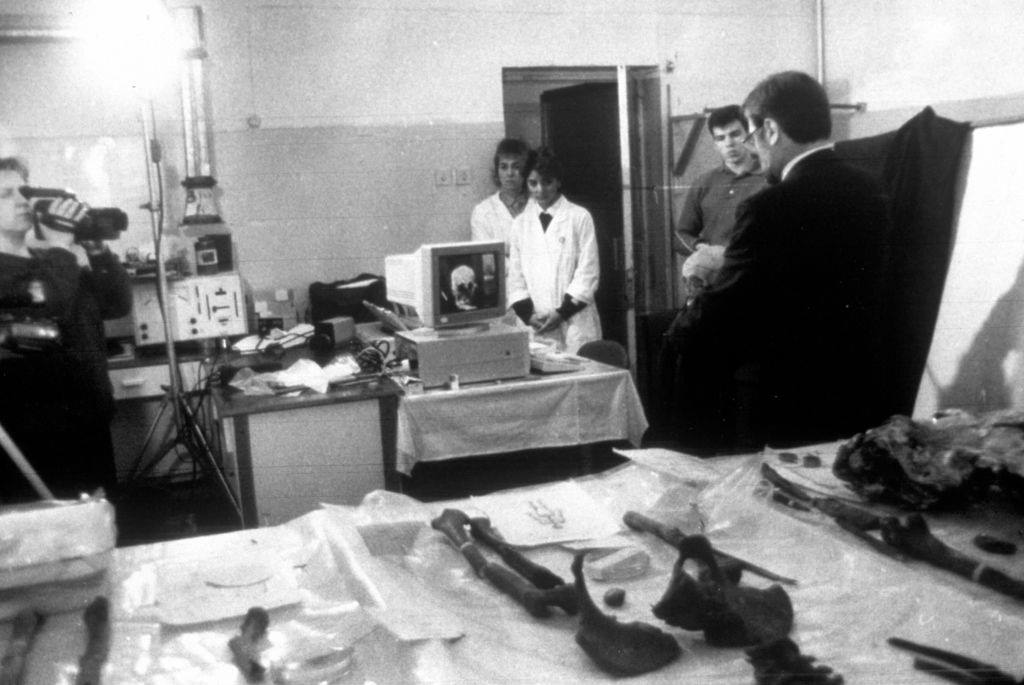
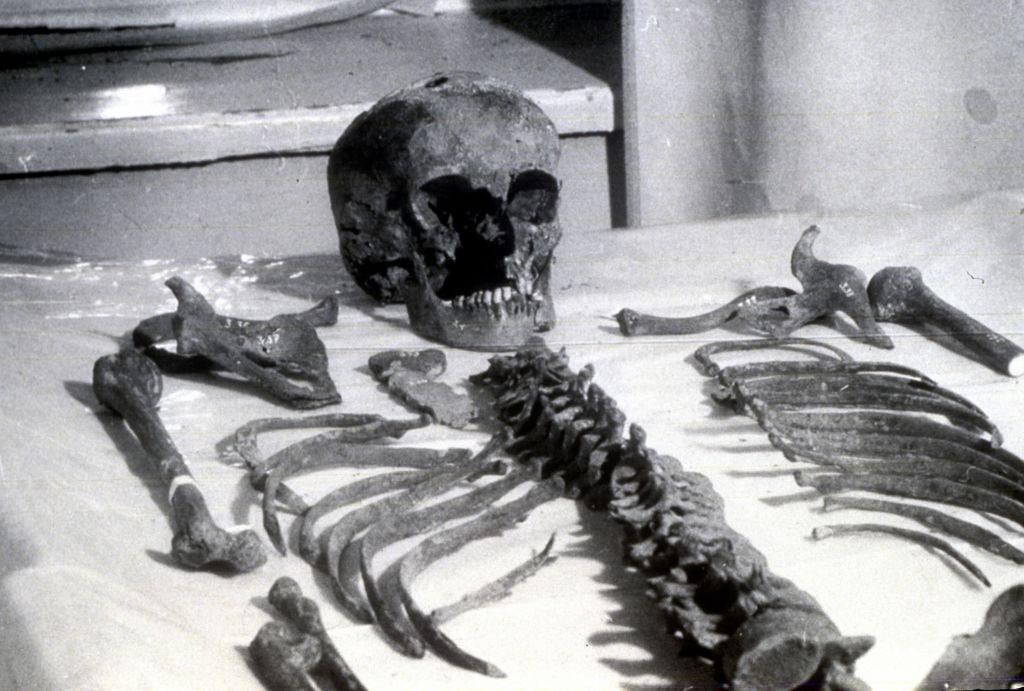
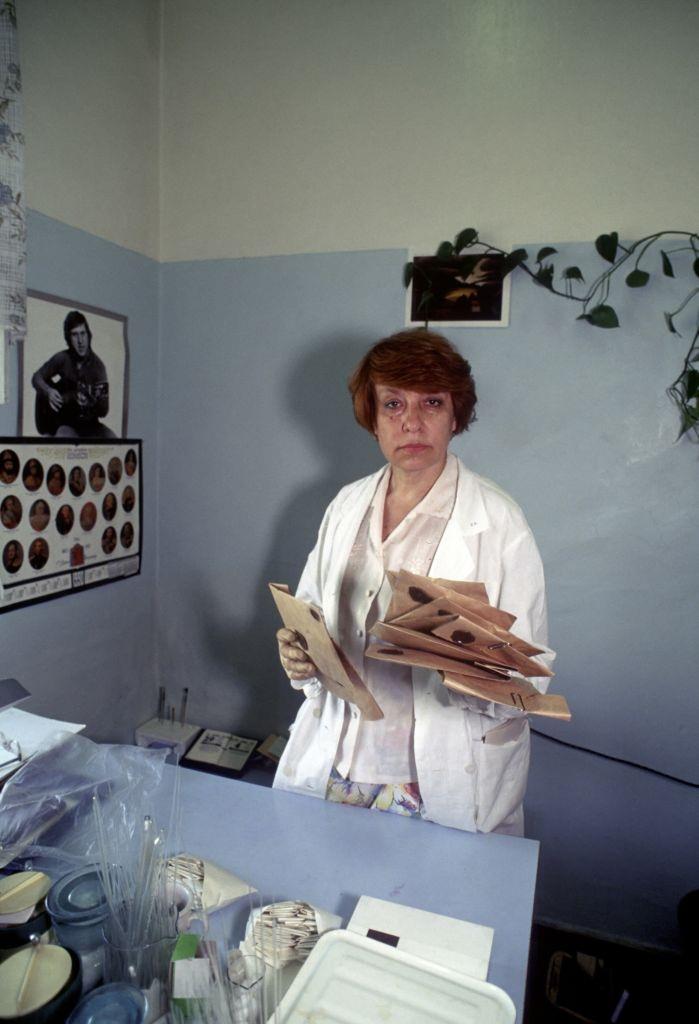
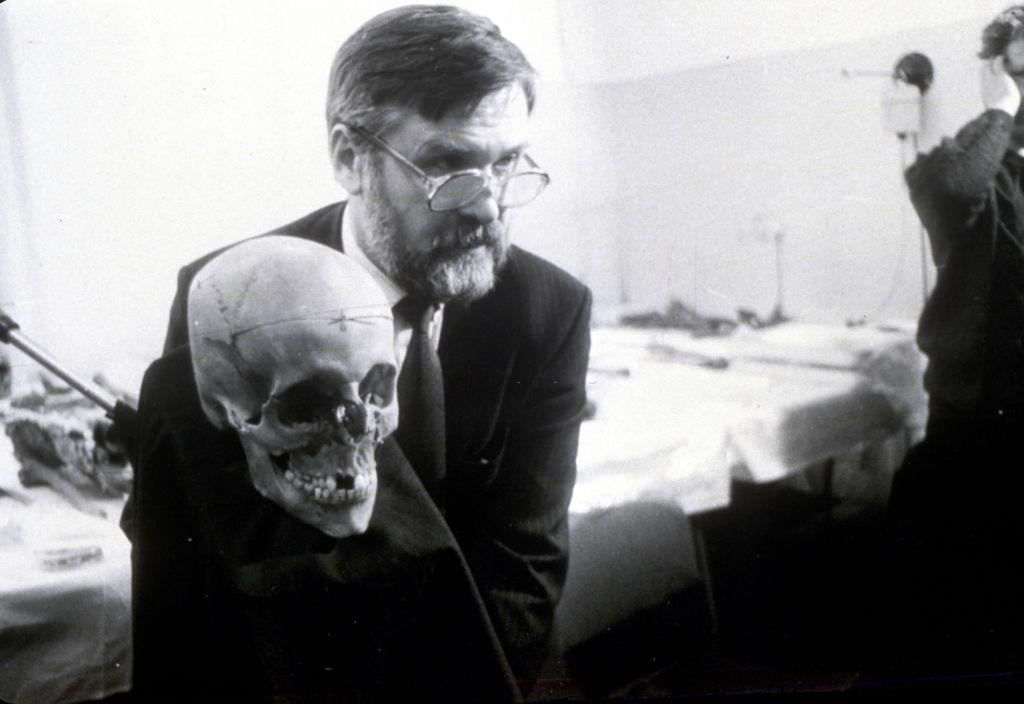

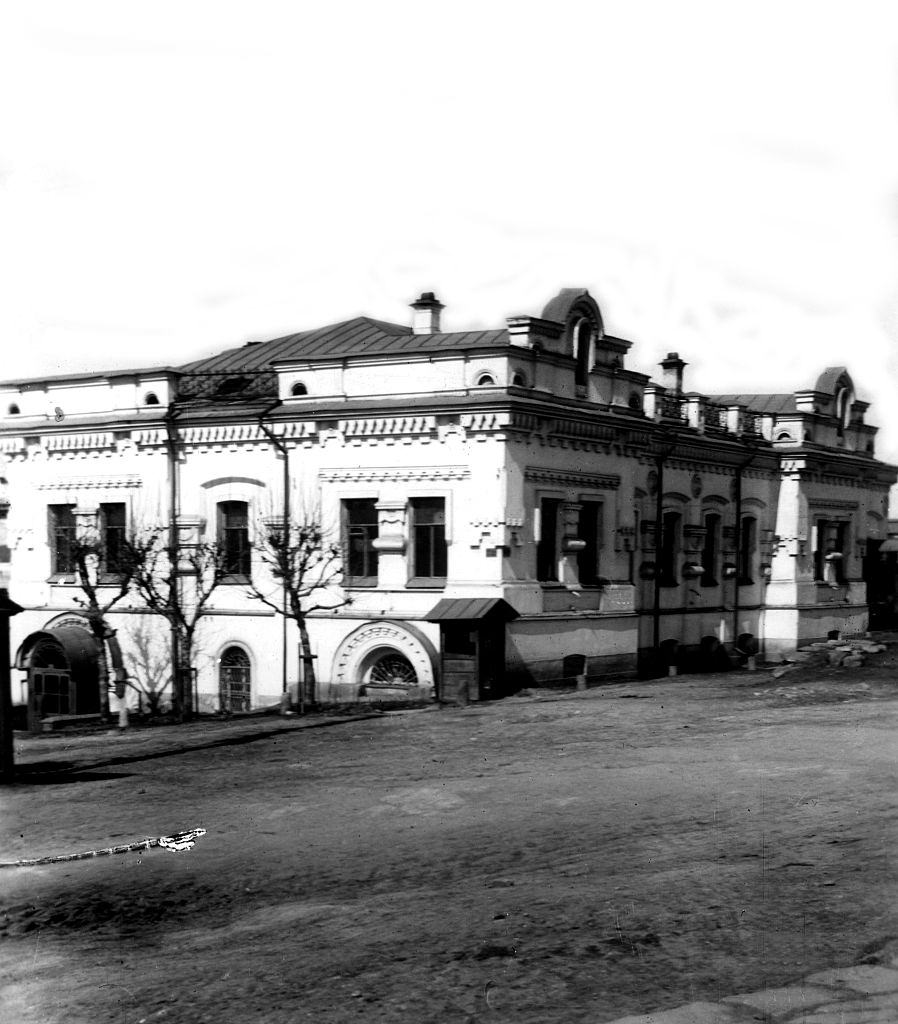
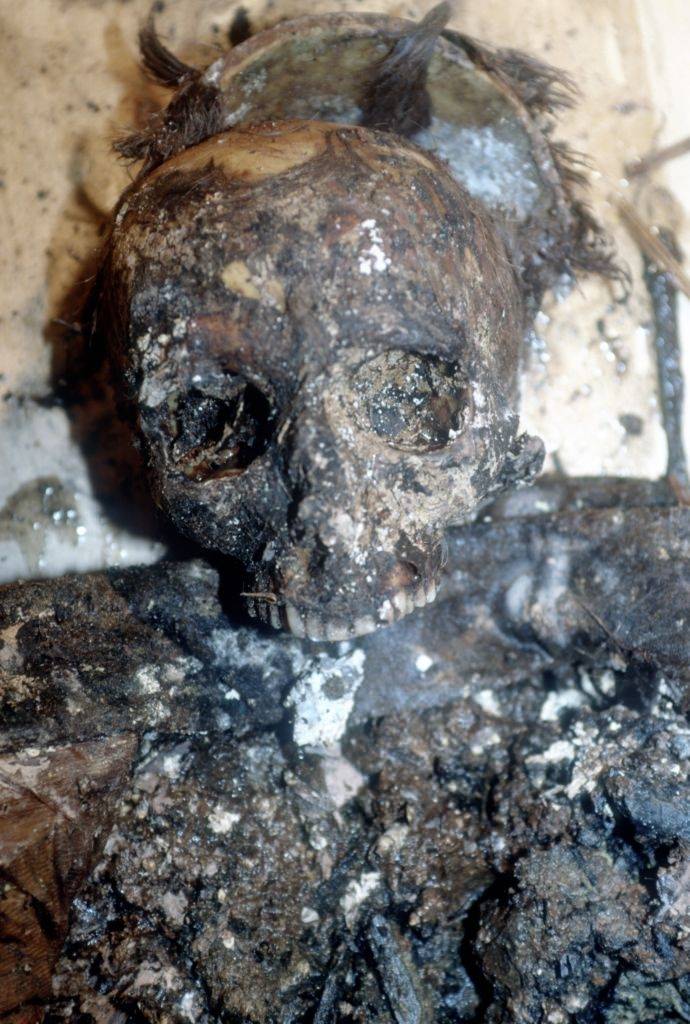


Great compilation. Thank you for preserving the history & legacy of this beautiful, ill-fated family. I very much enjoyed seeing these candid images.
Probably a necessary act, but also a very very sad one as the children didn’t deserve to die or live in the fear even though the parents may had the mind and will to do the things leading up to this. May God have mercy on all their sould.